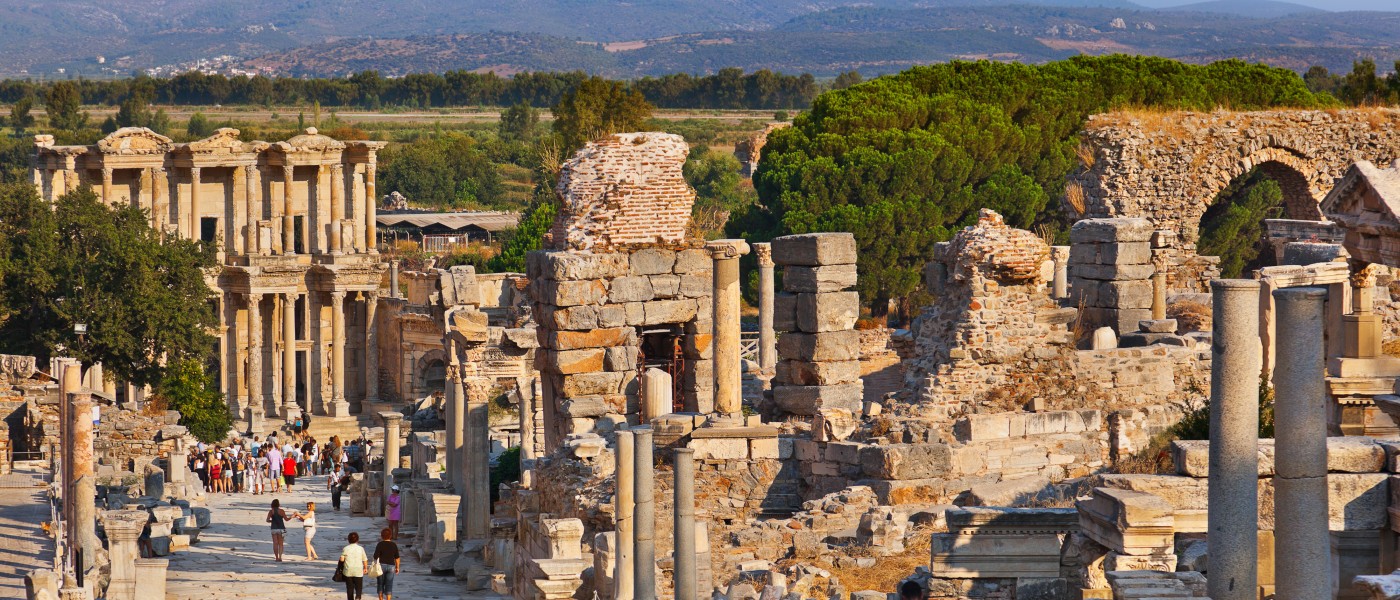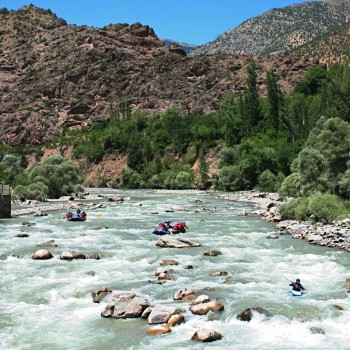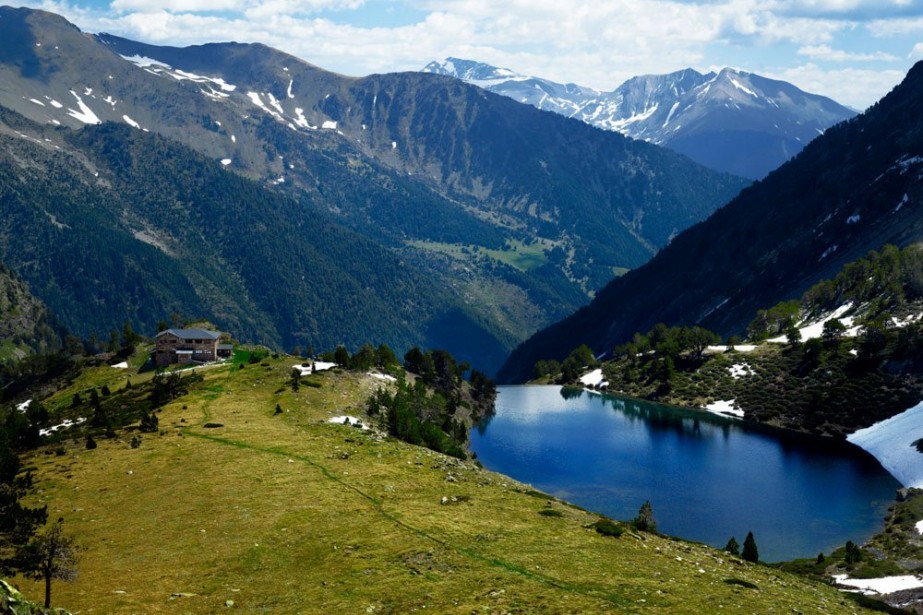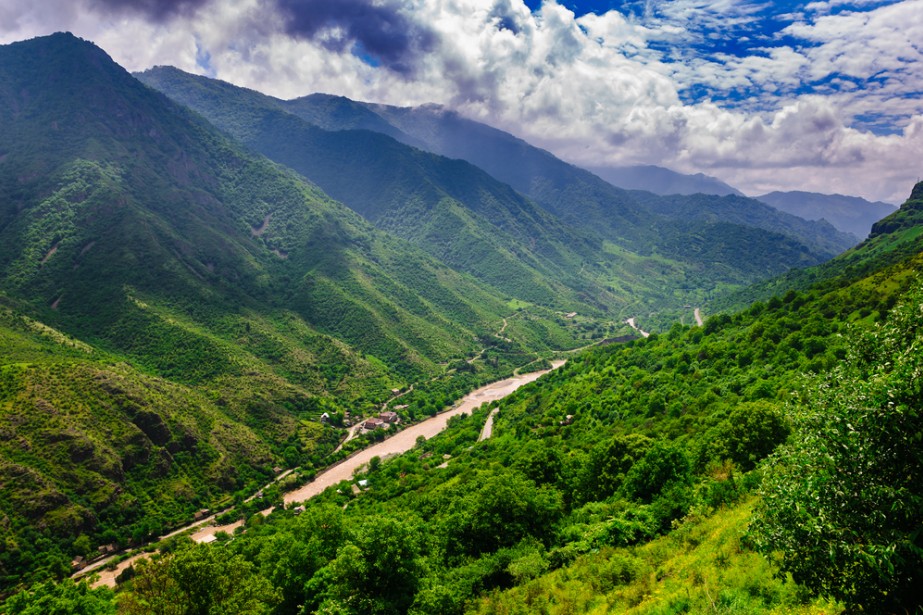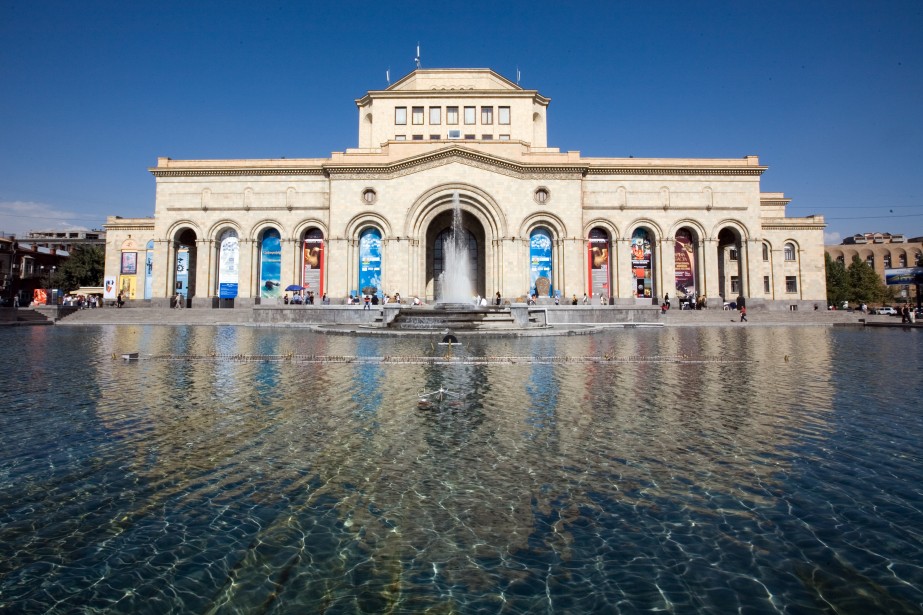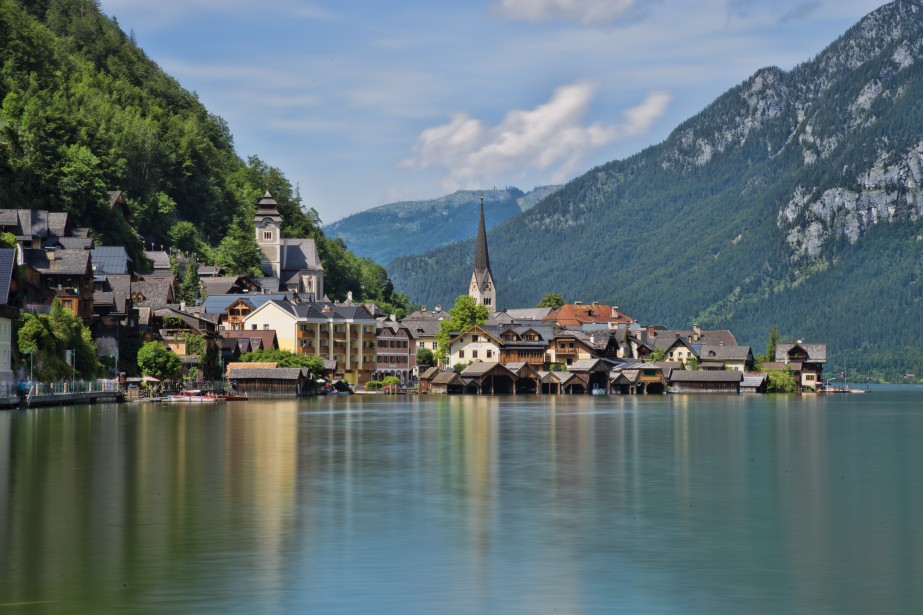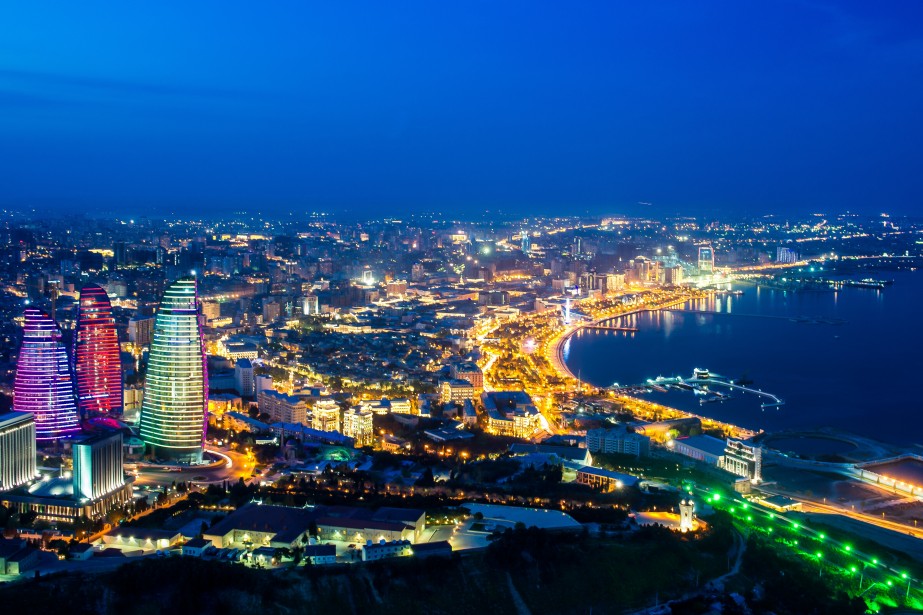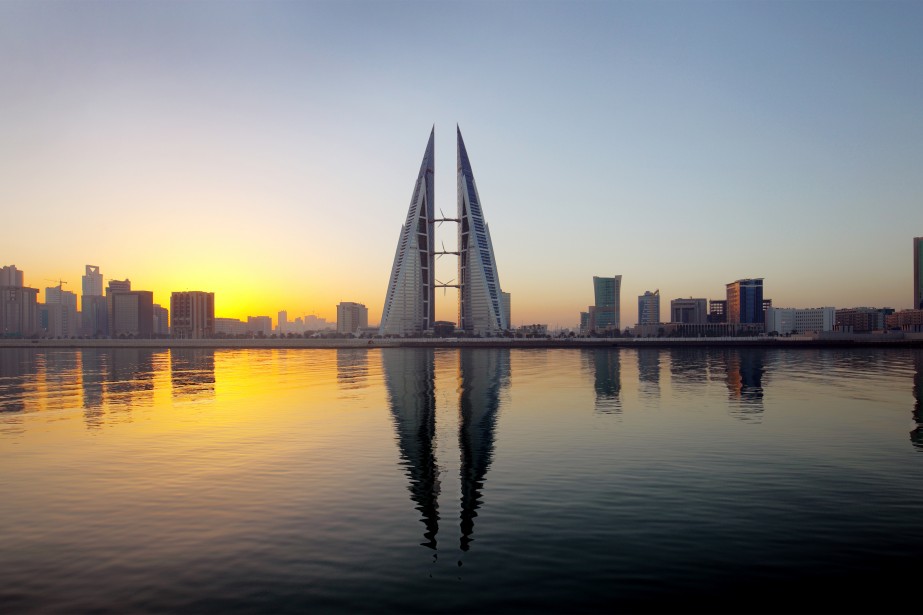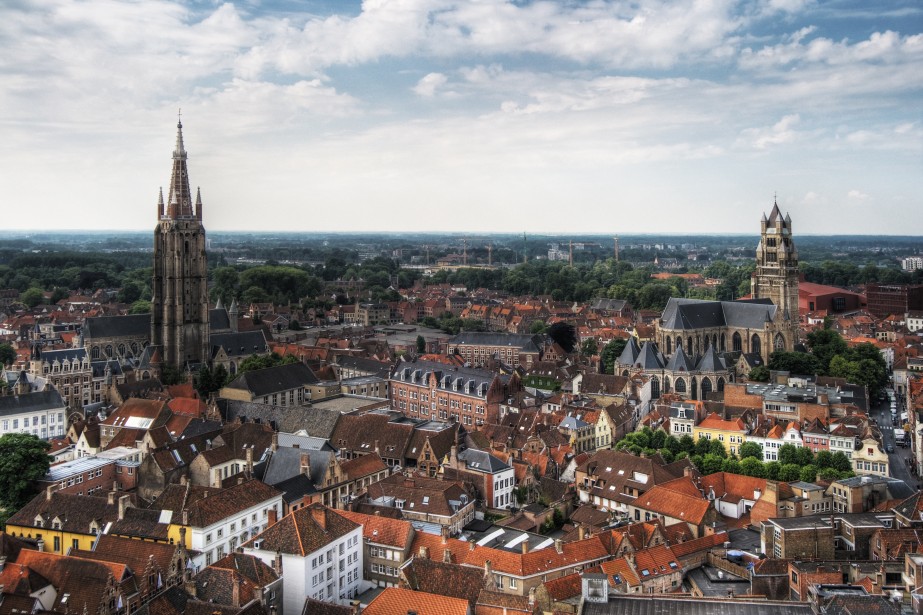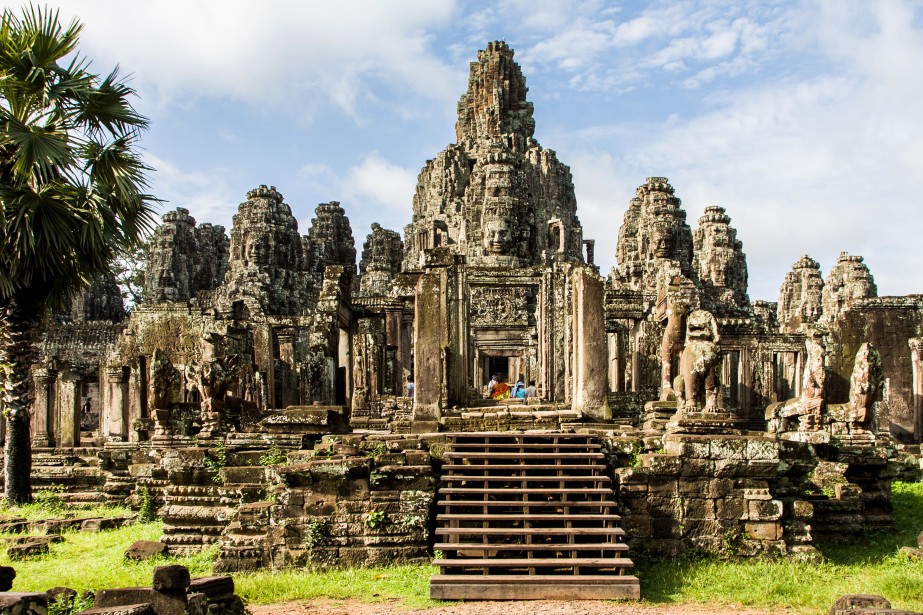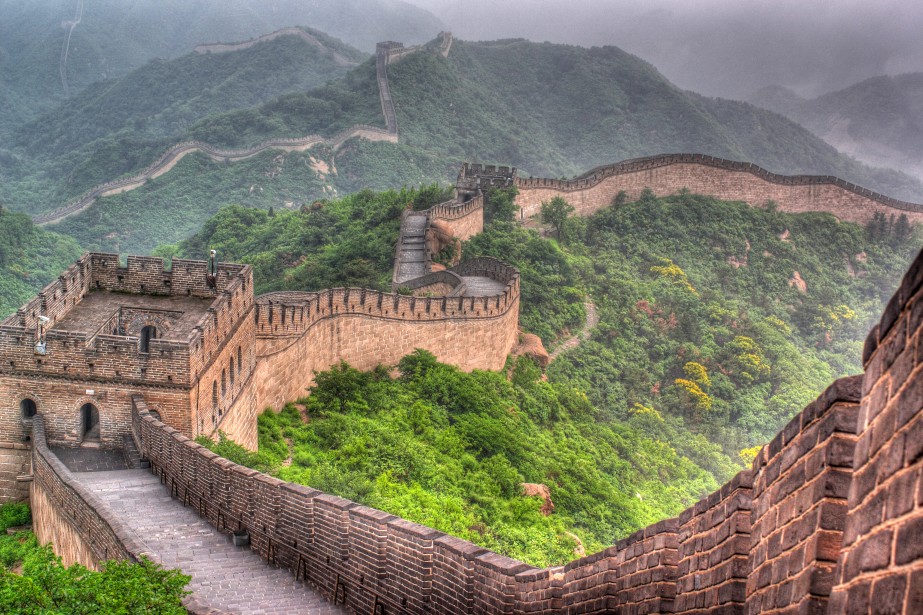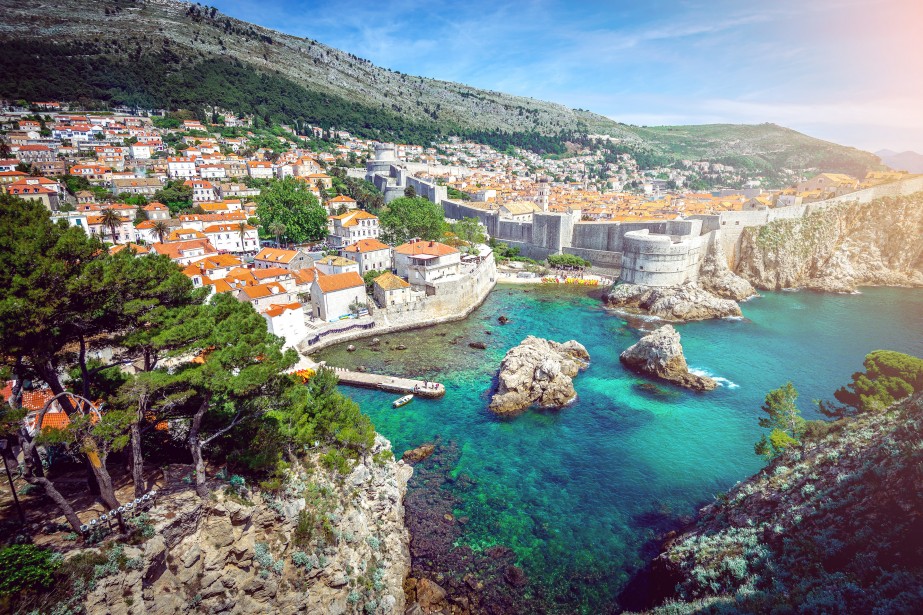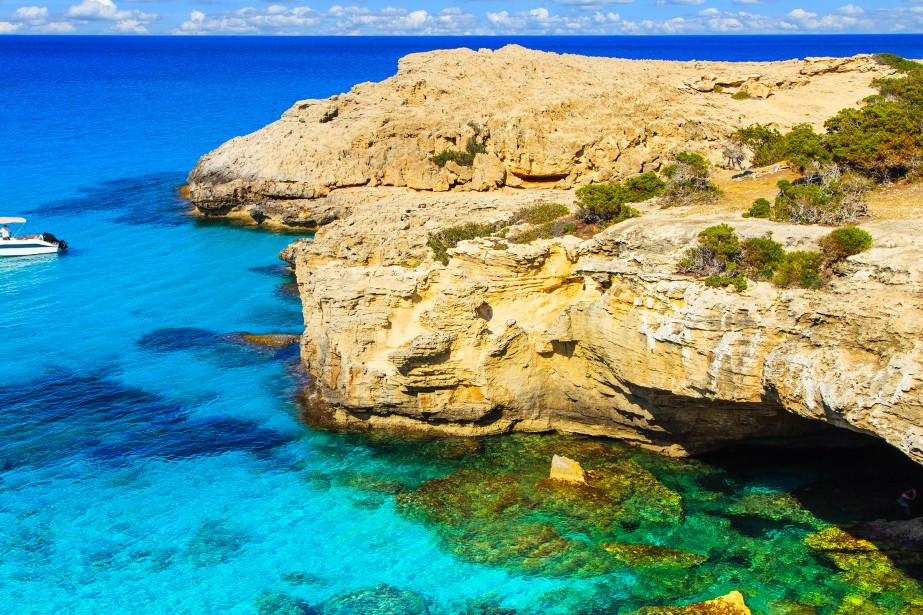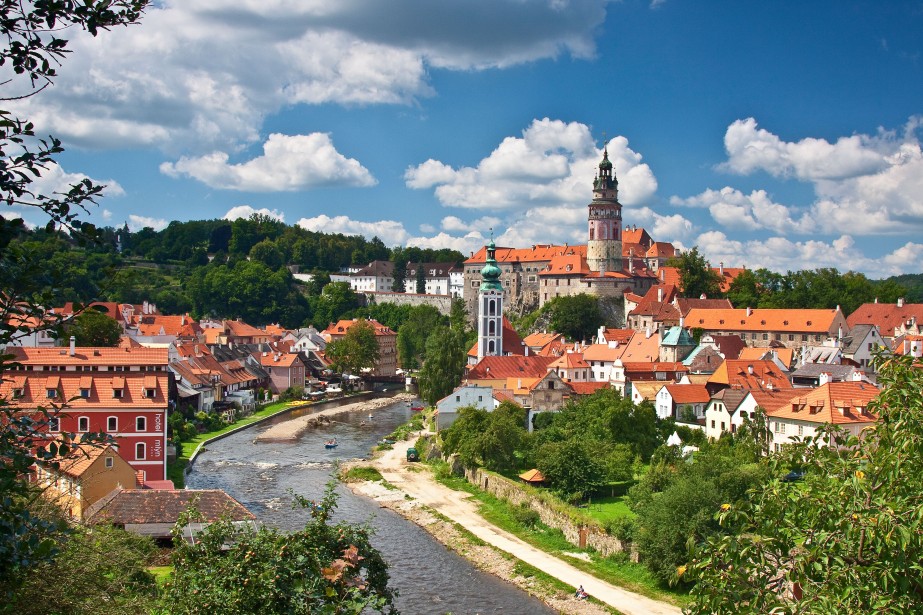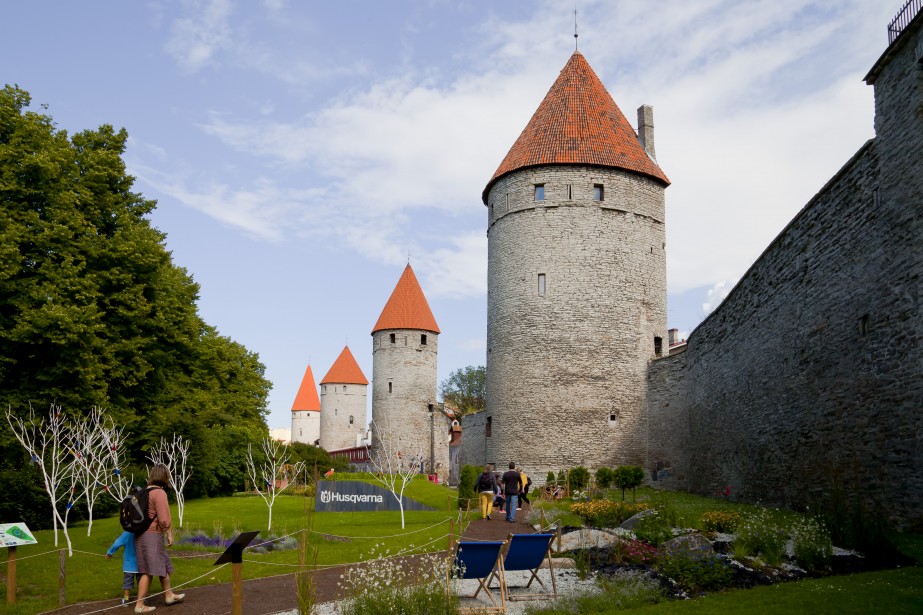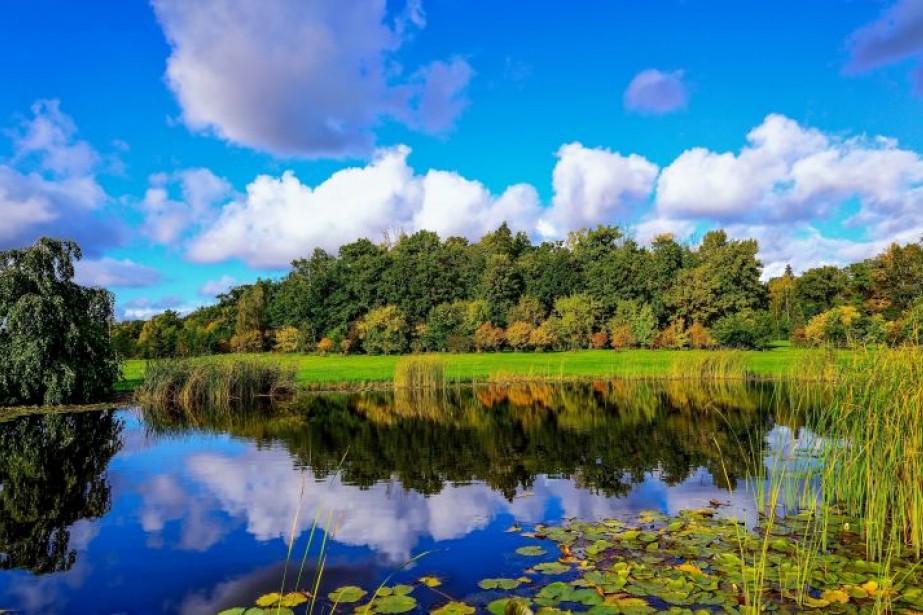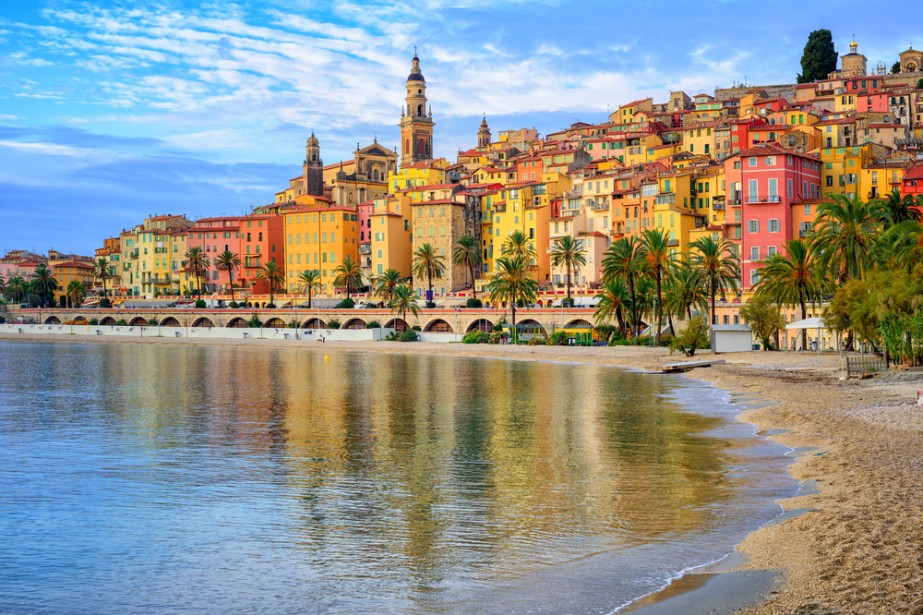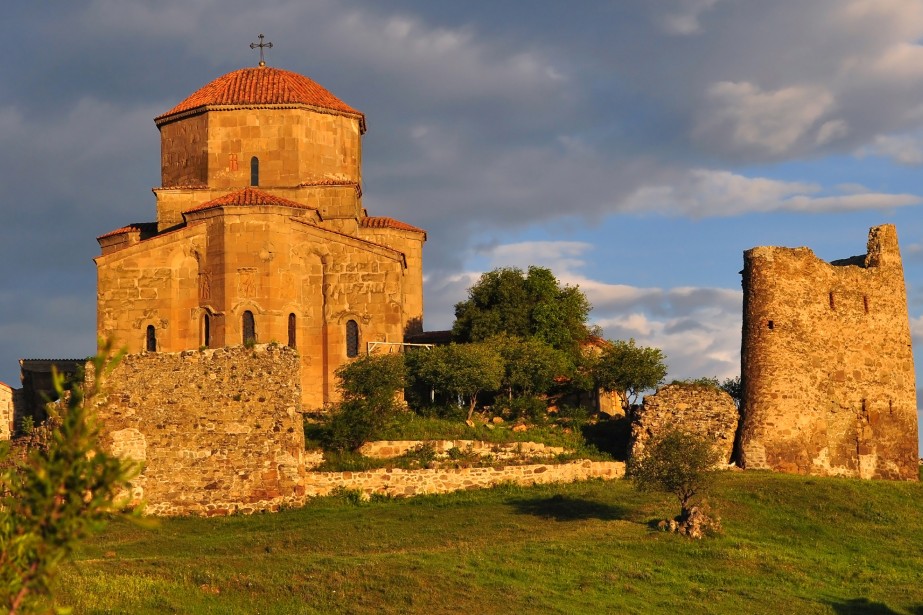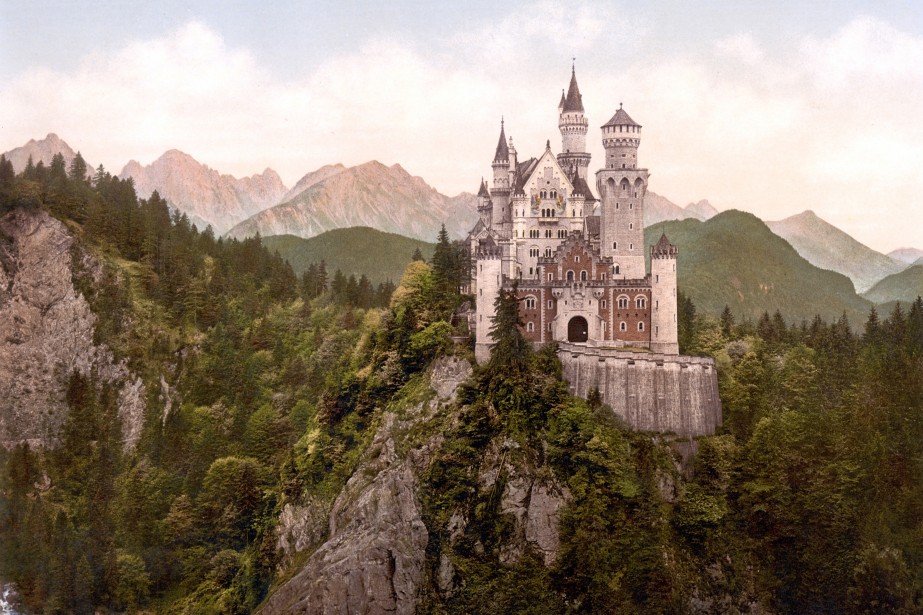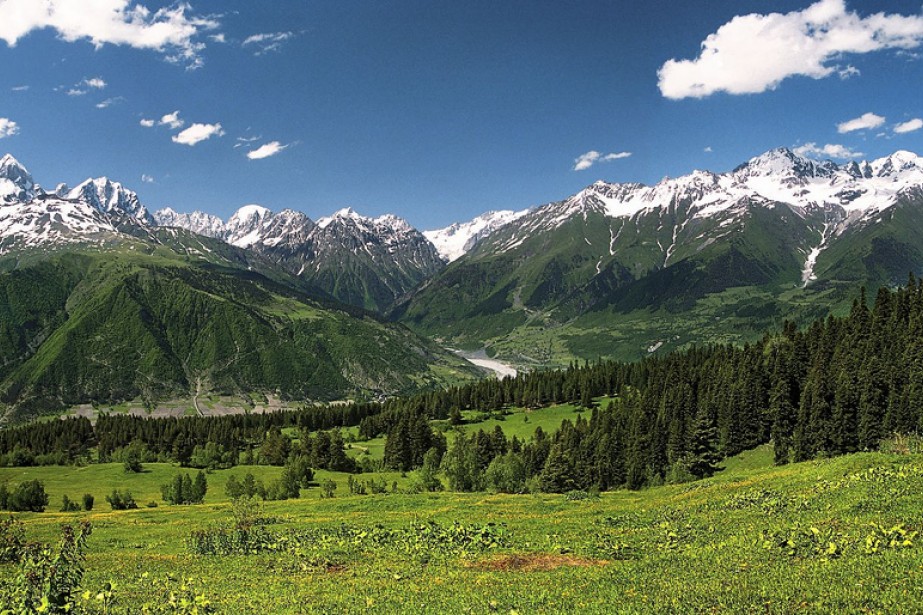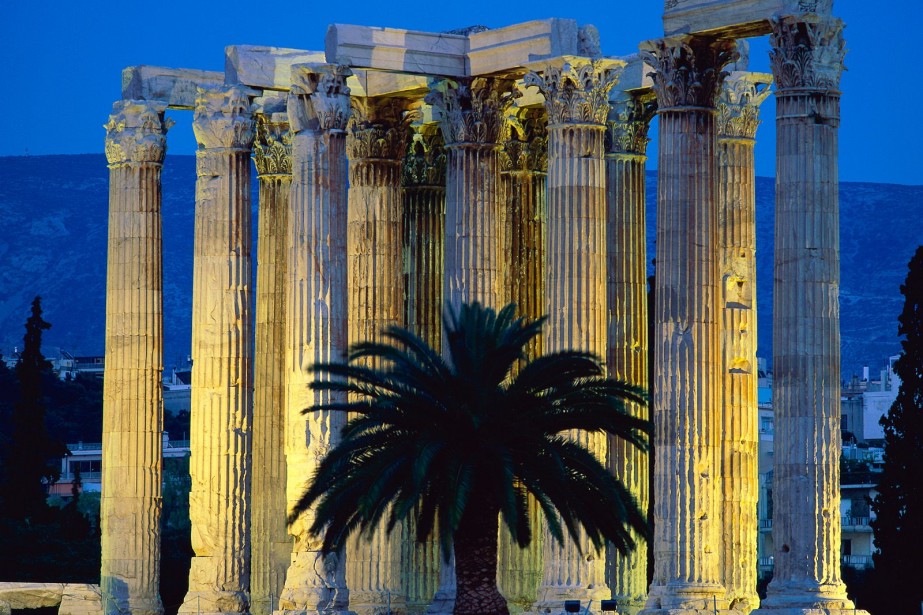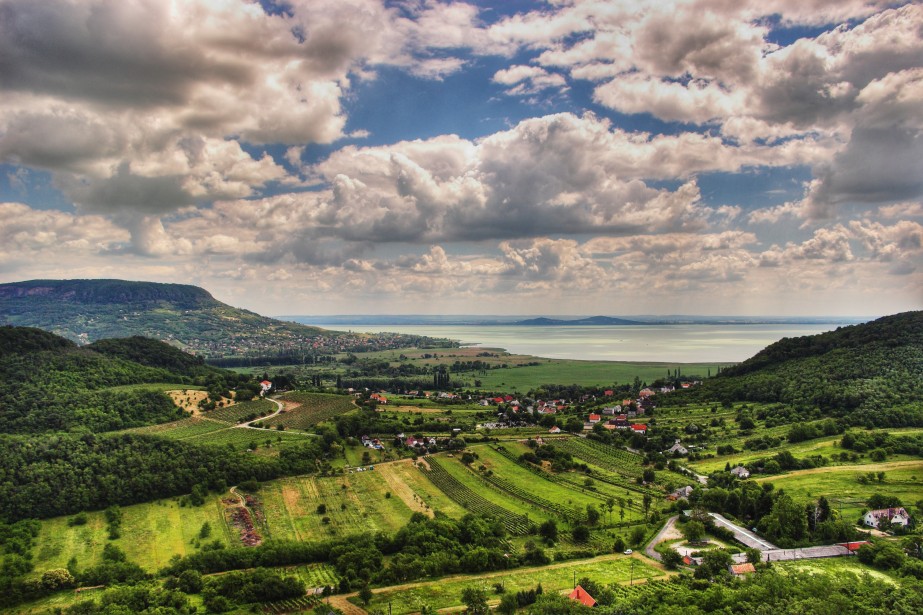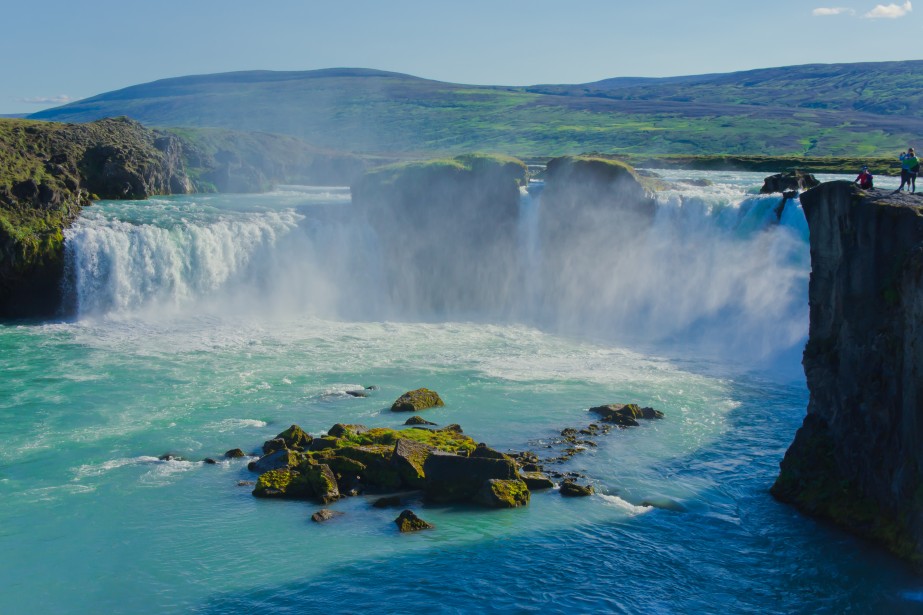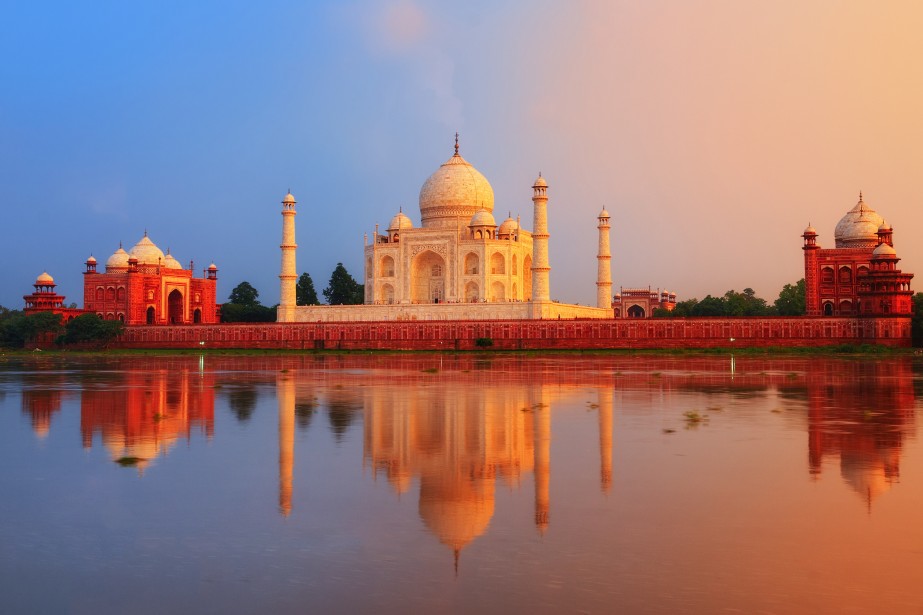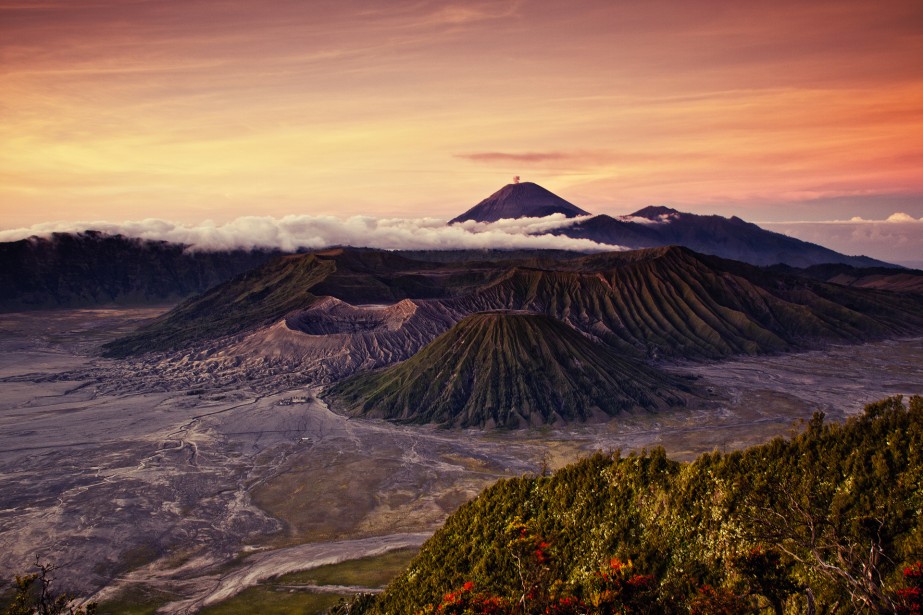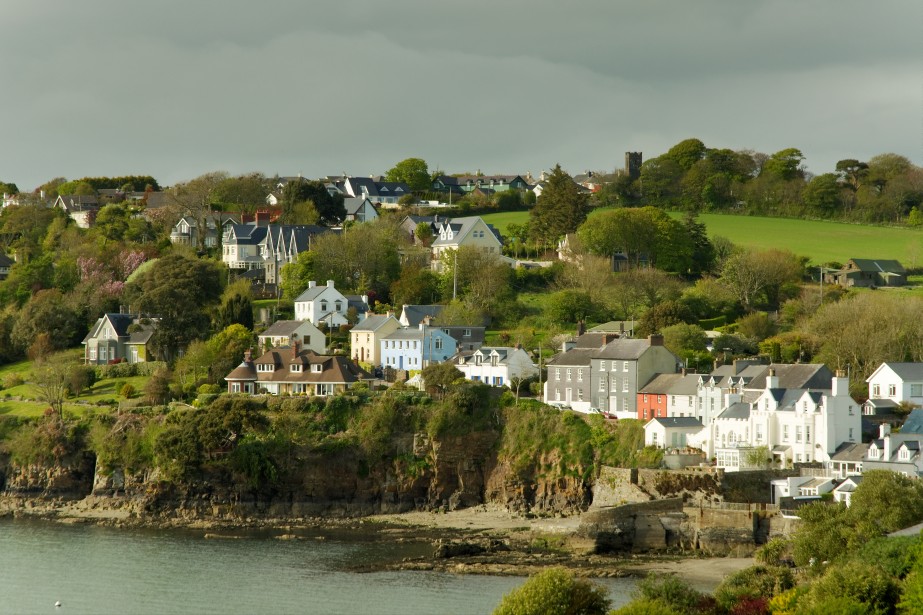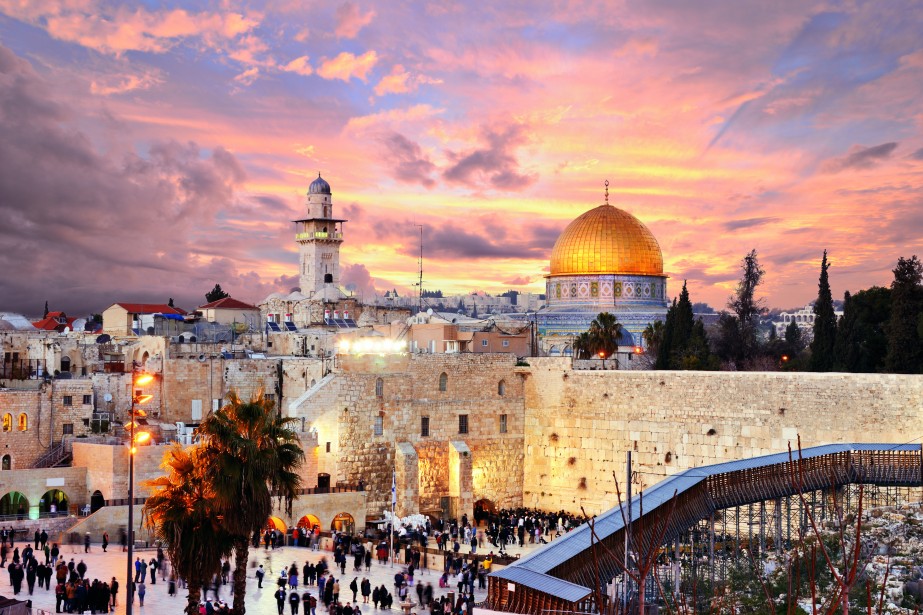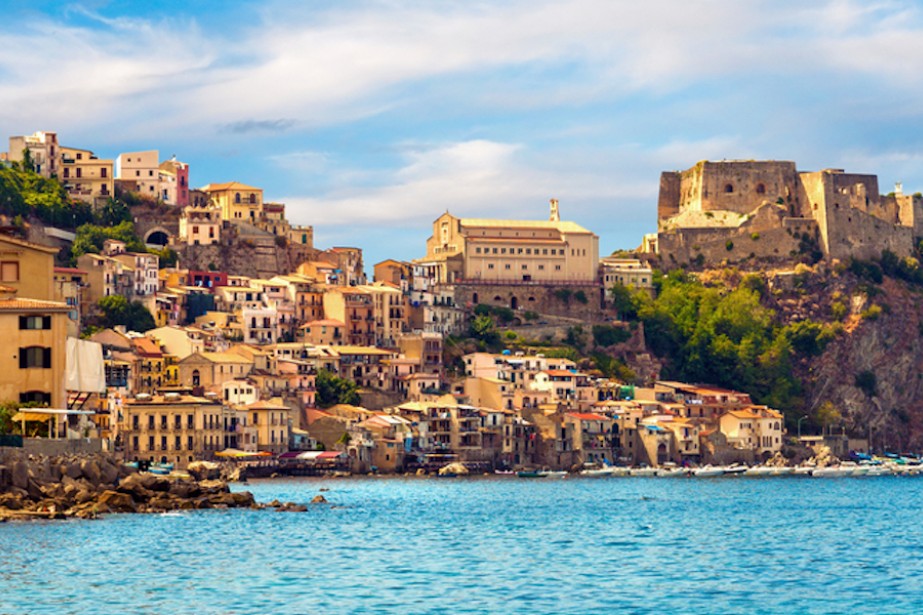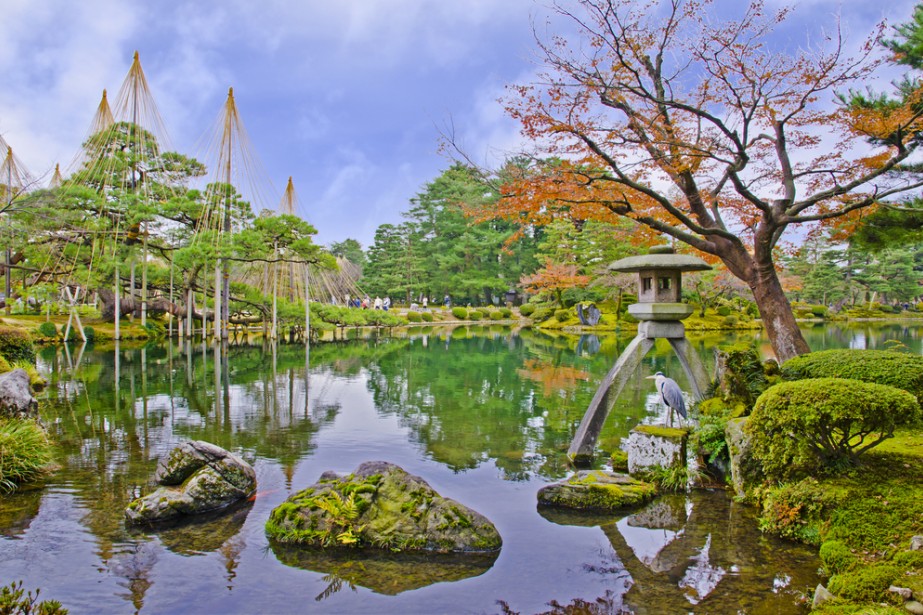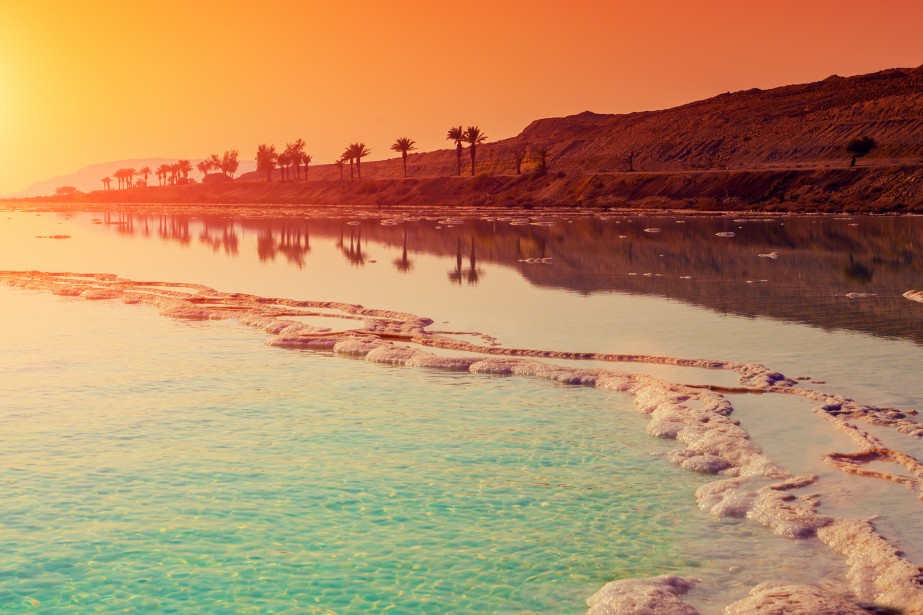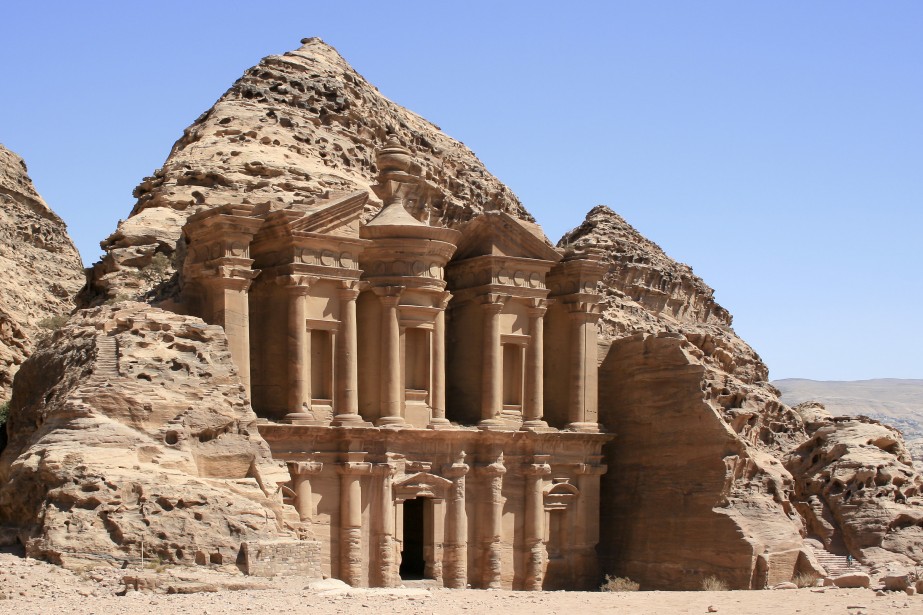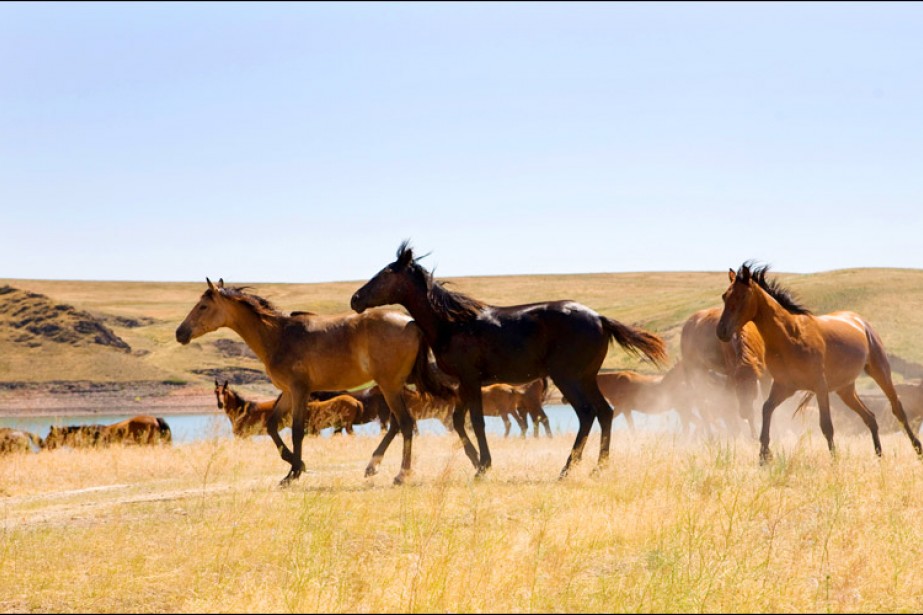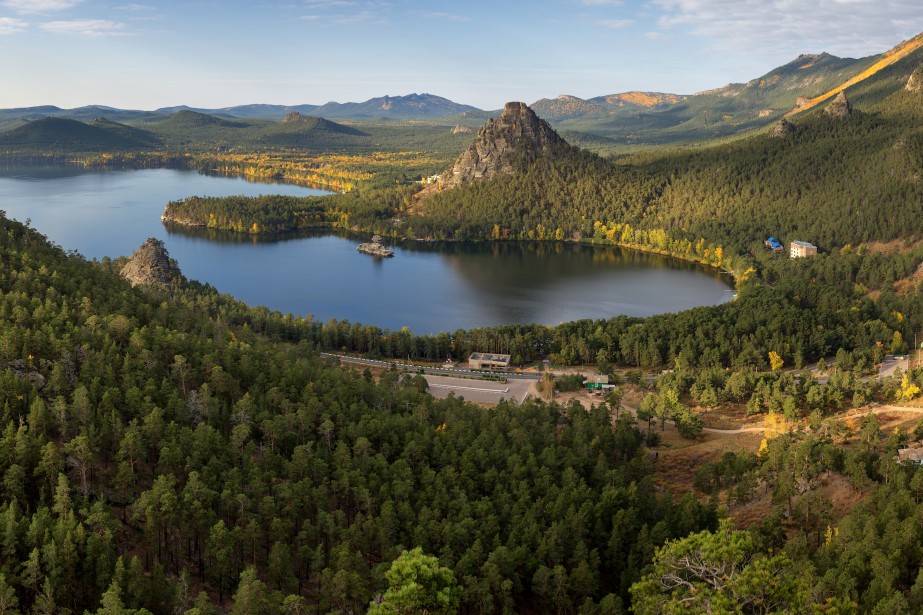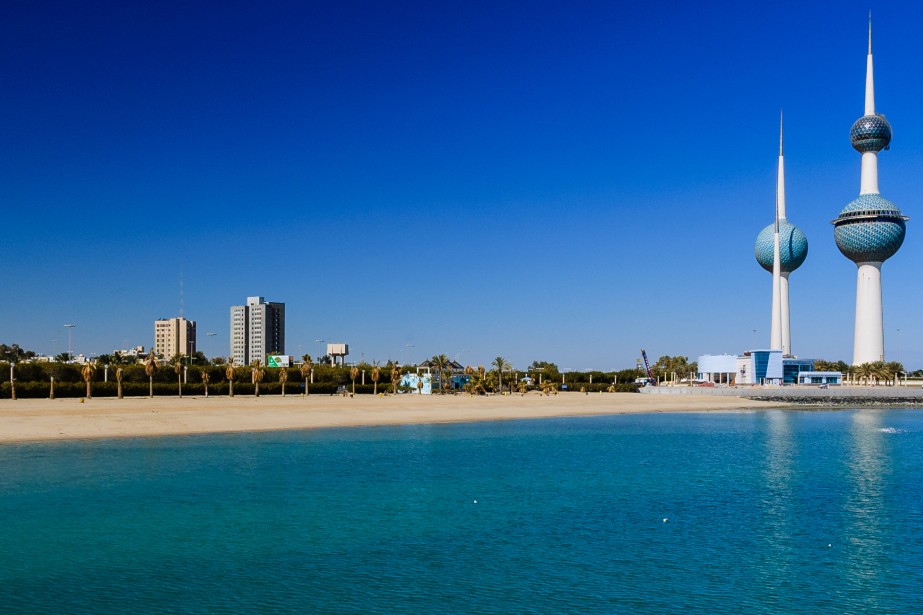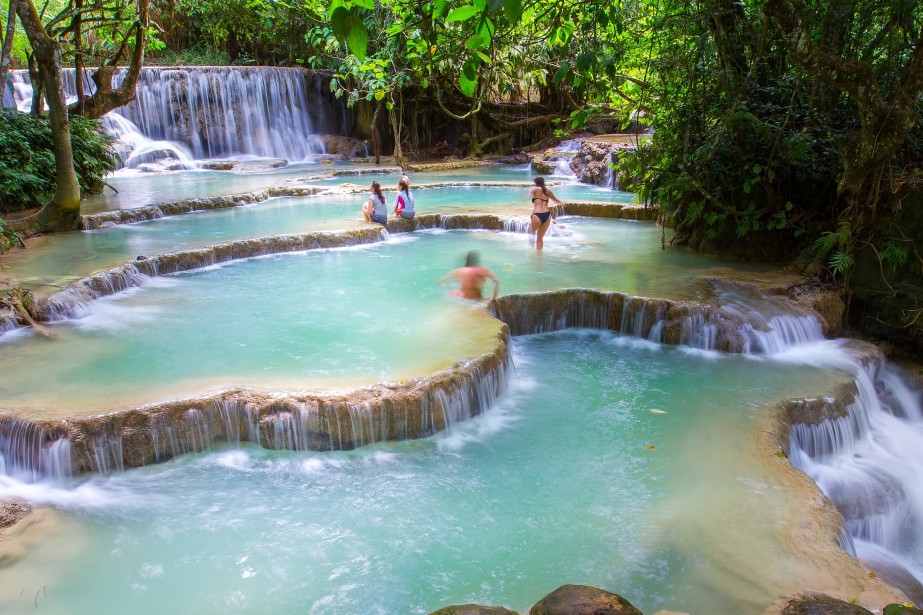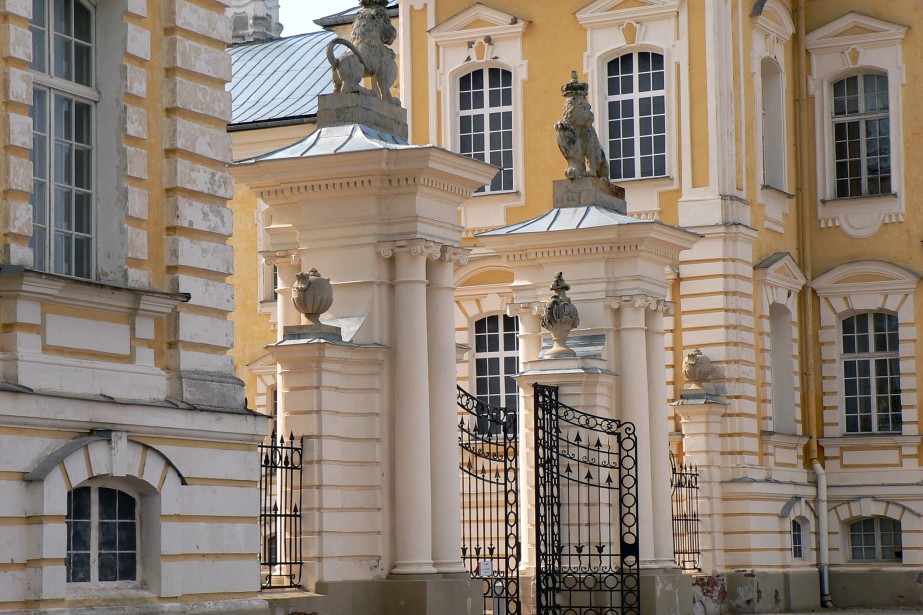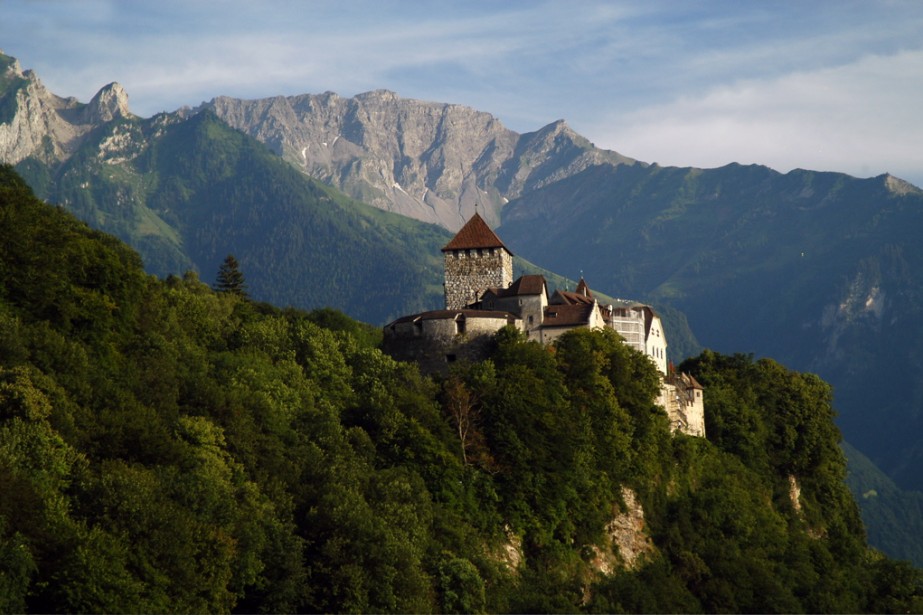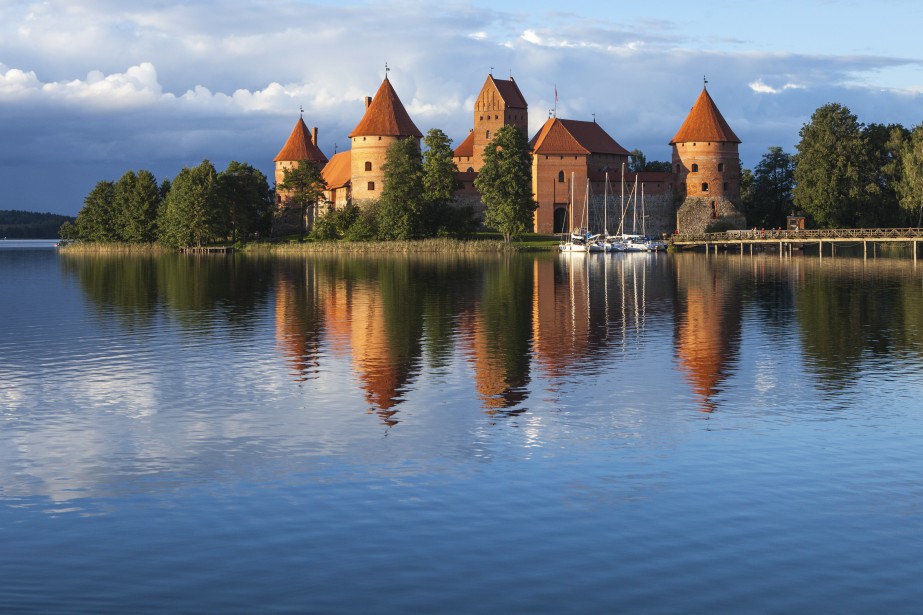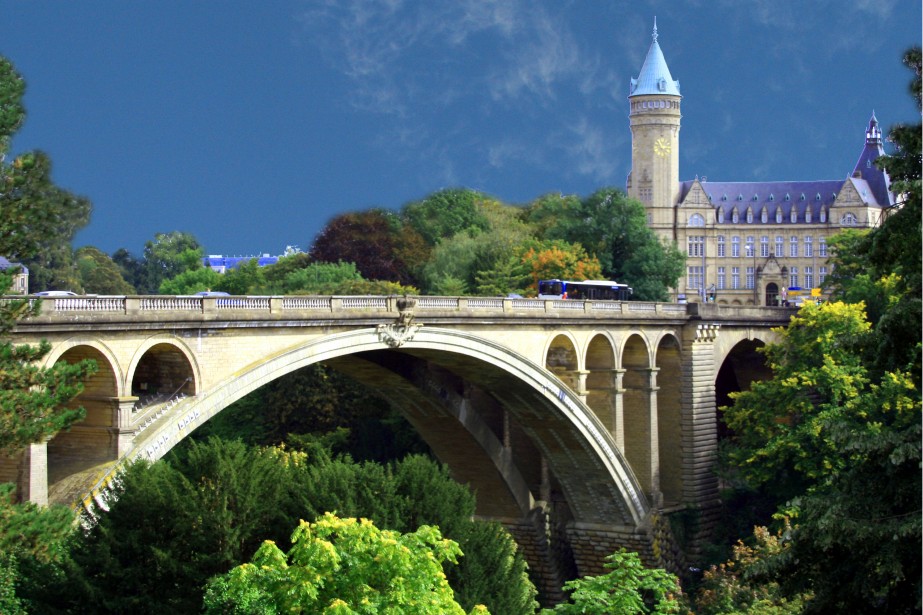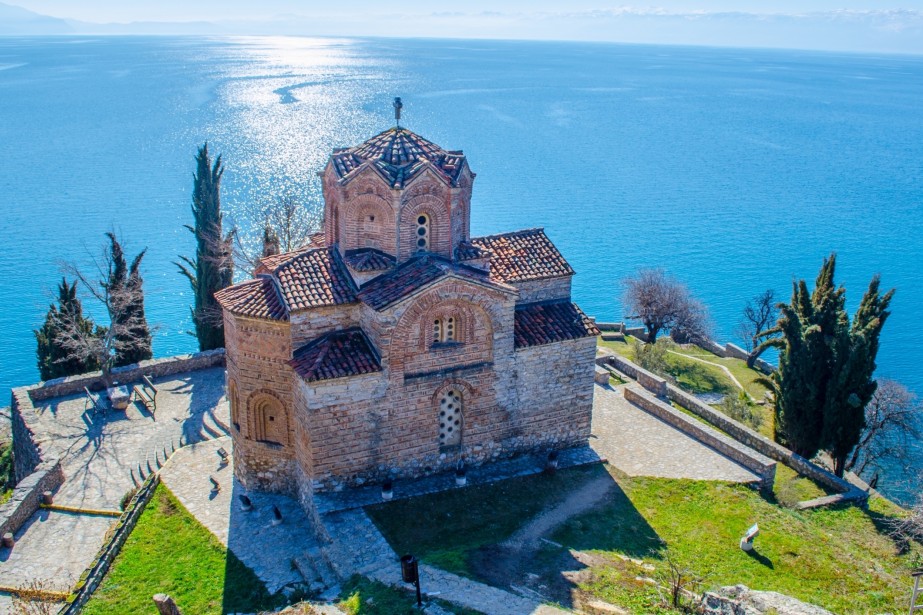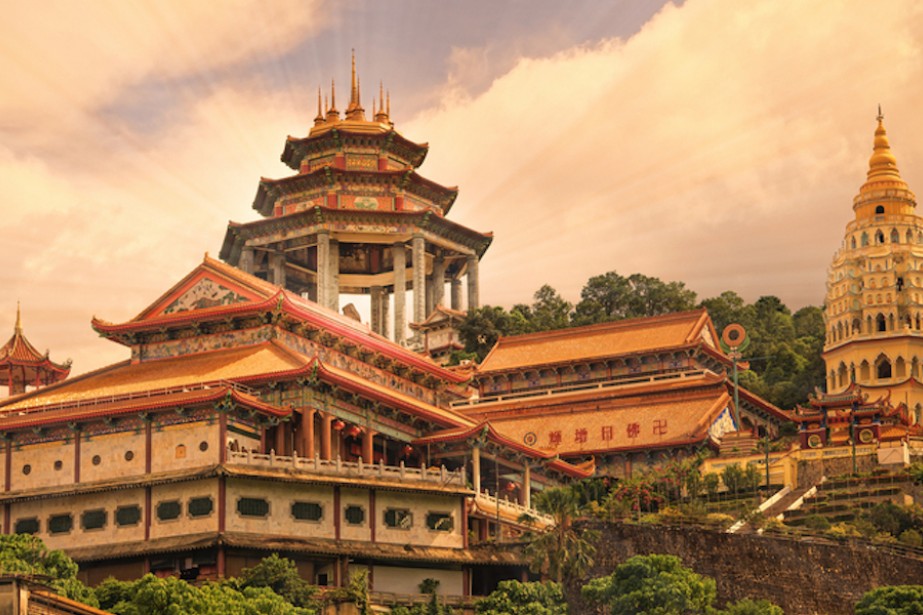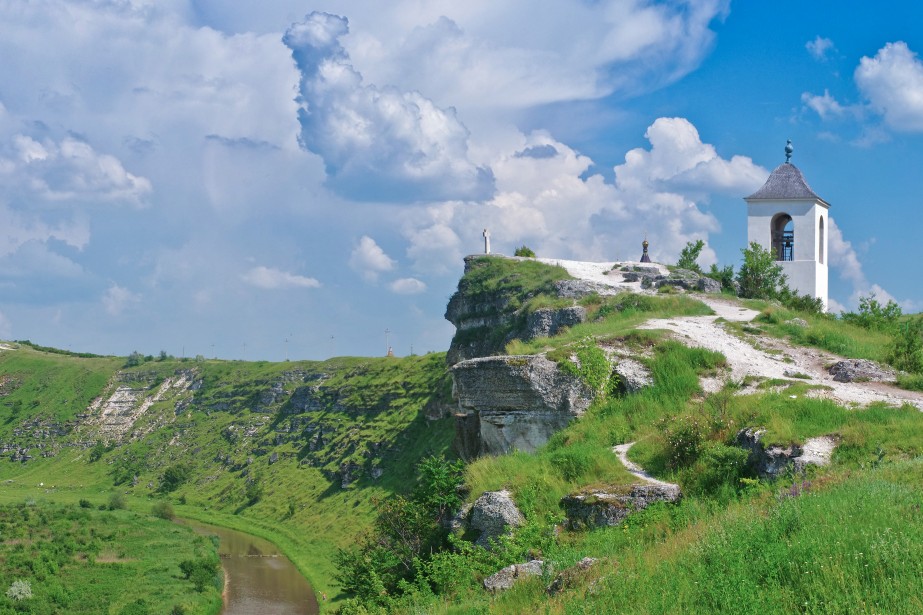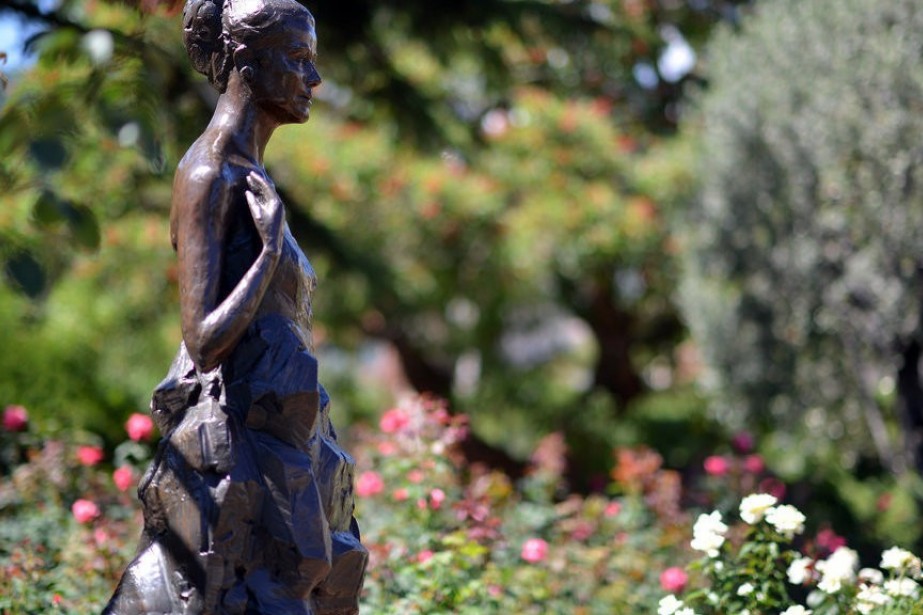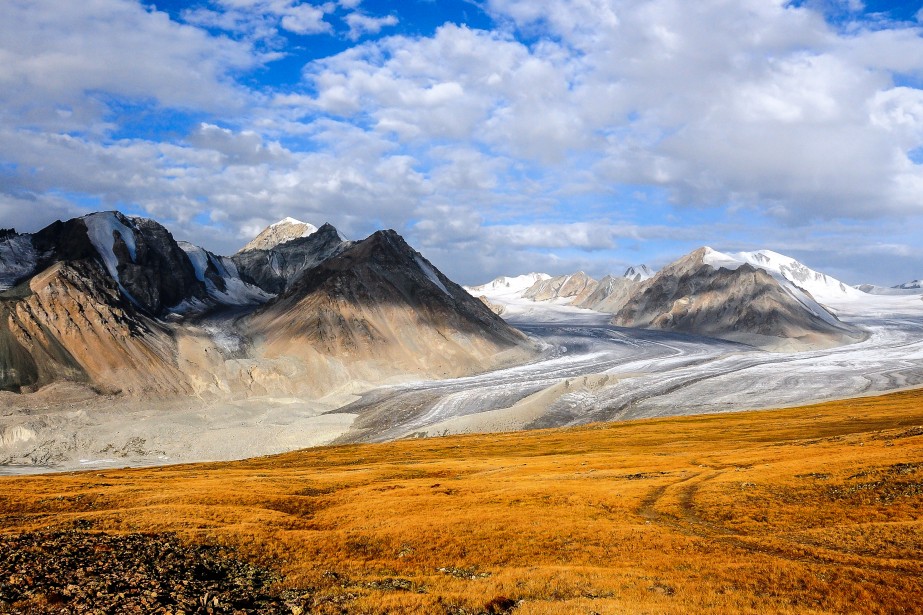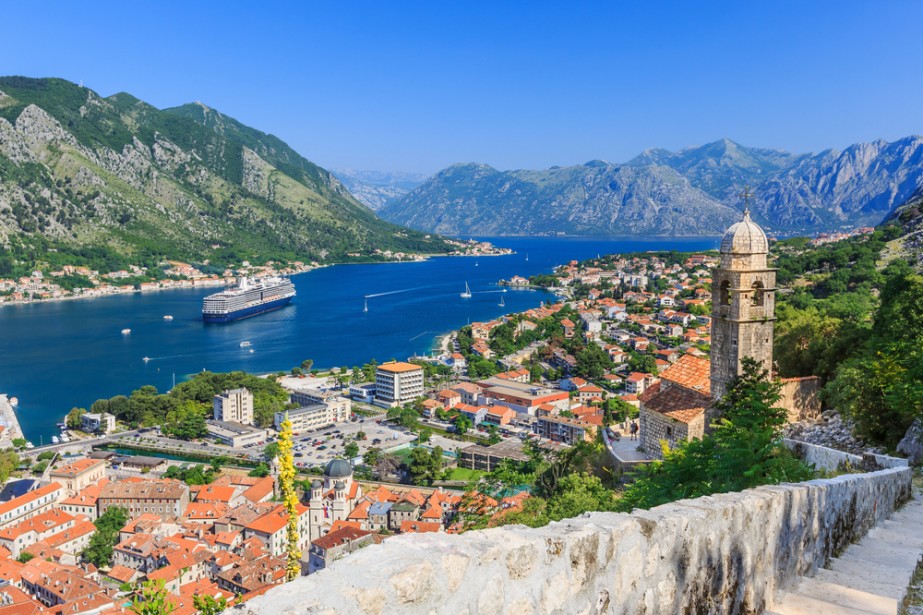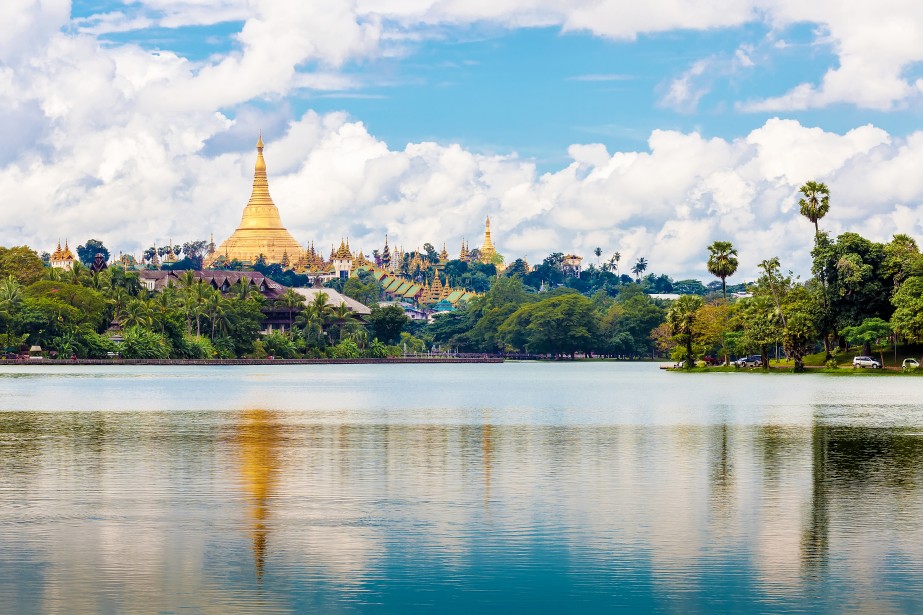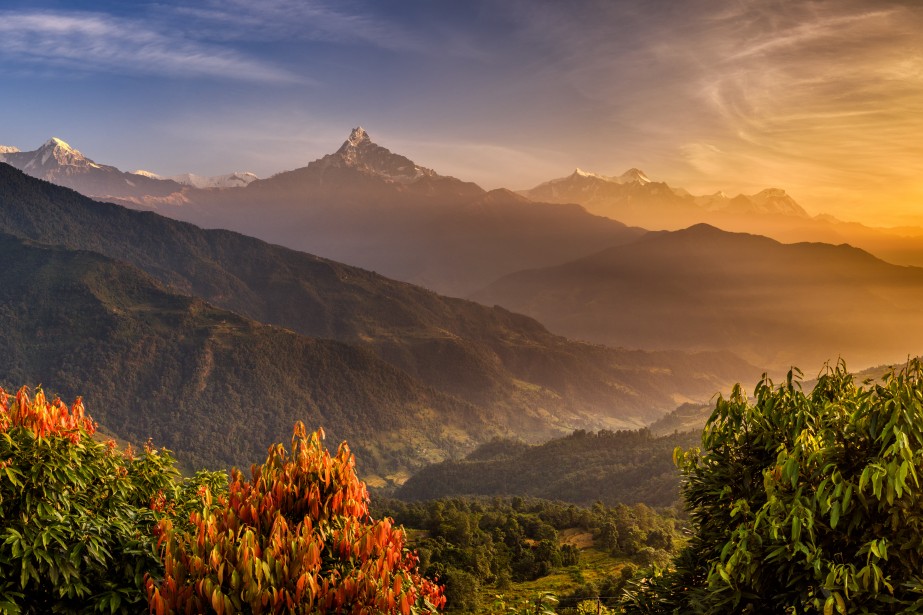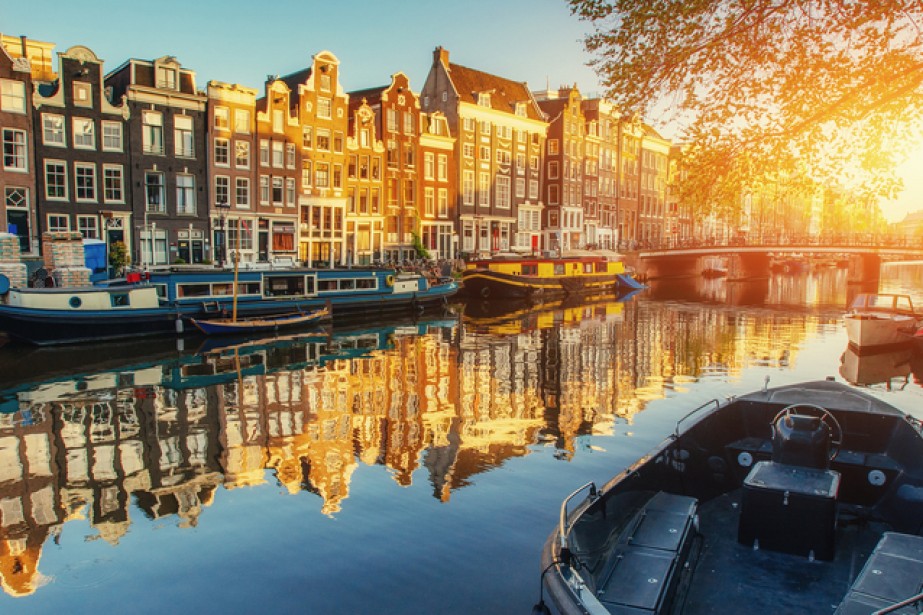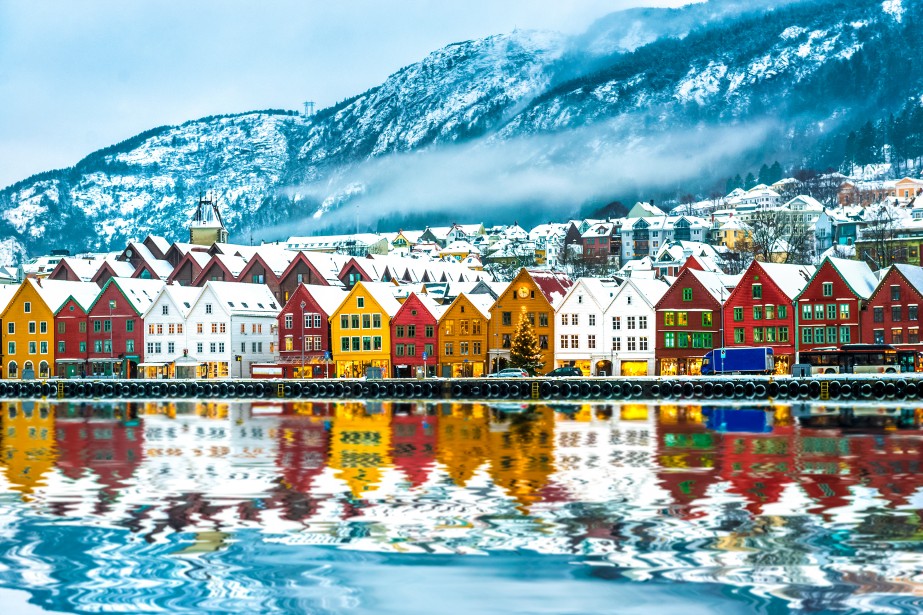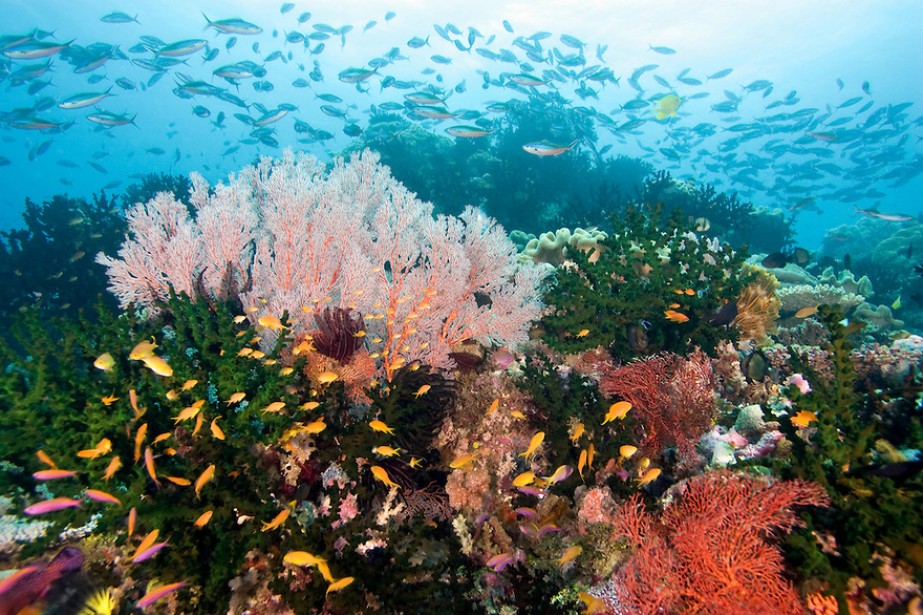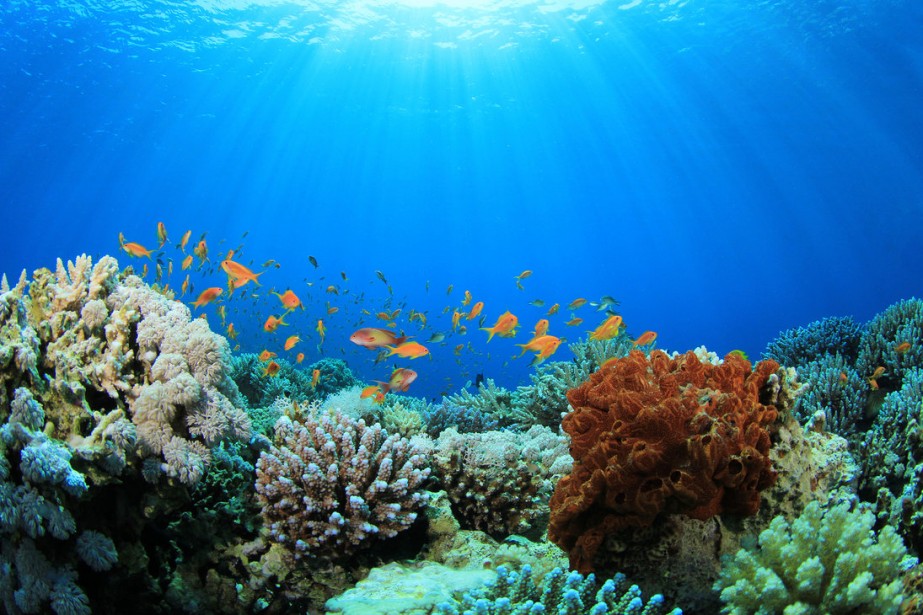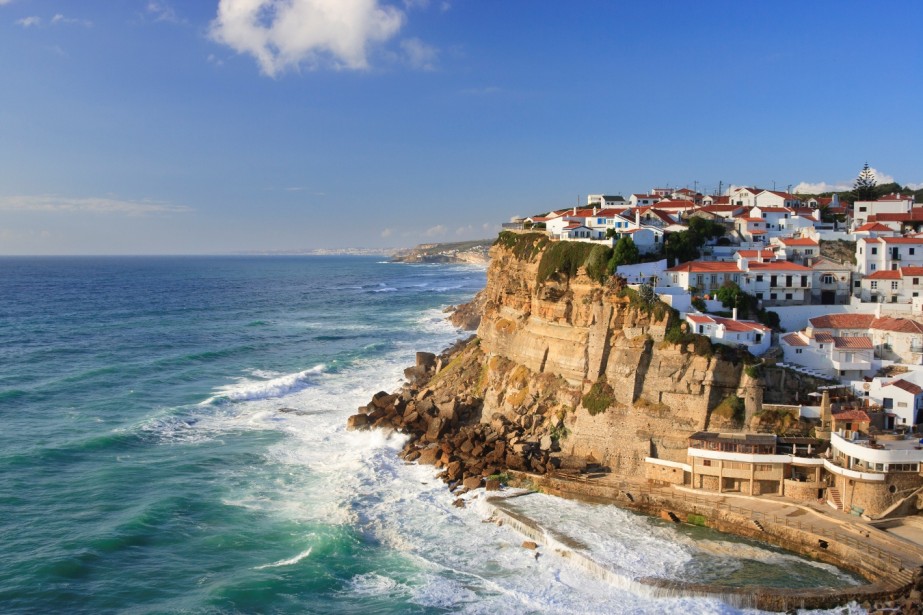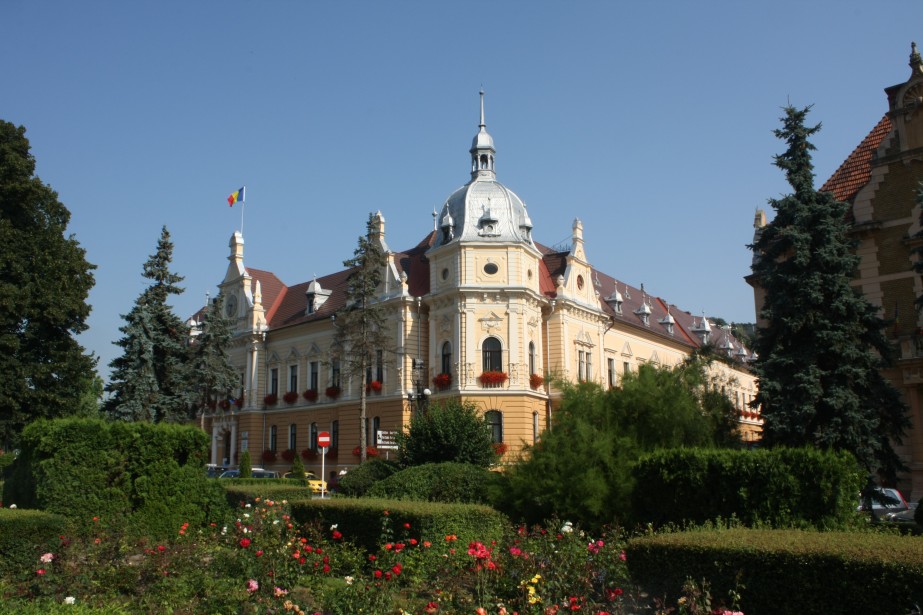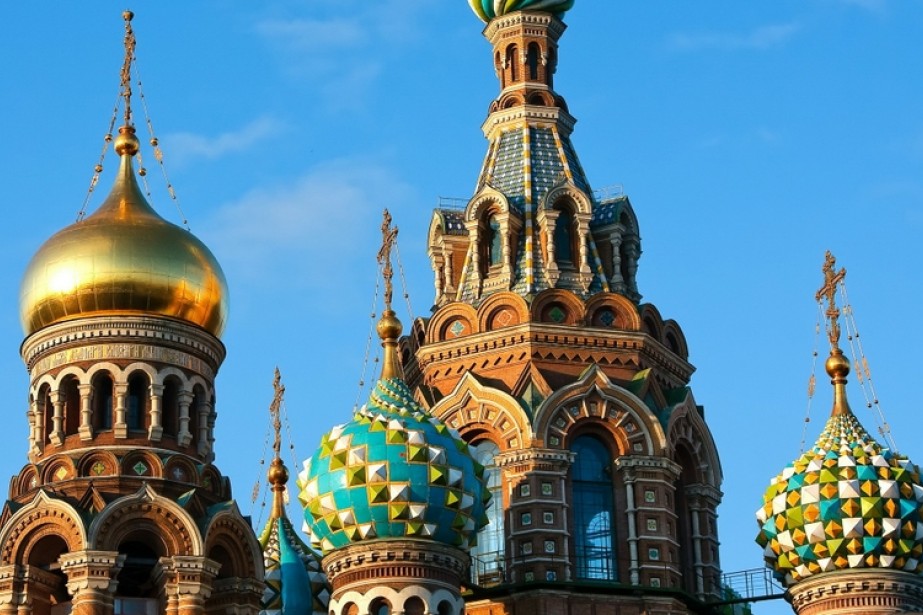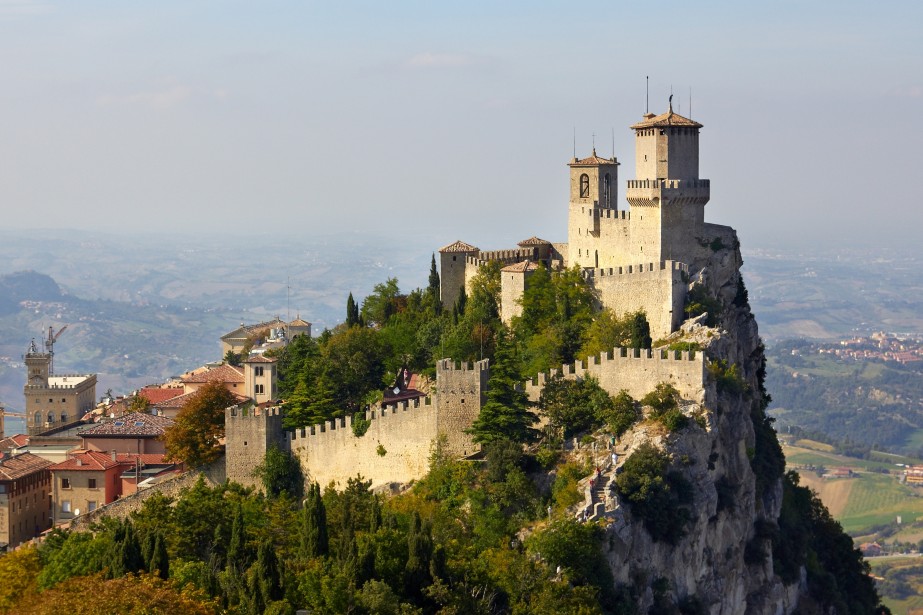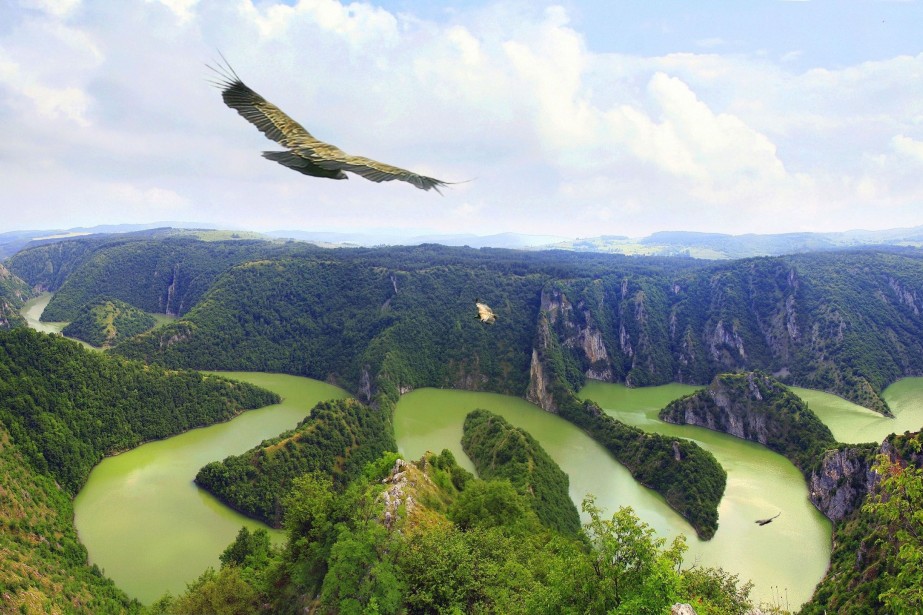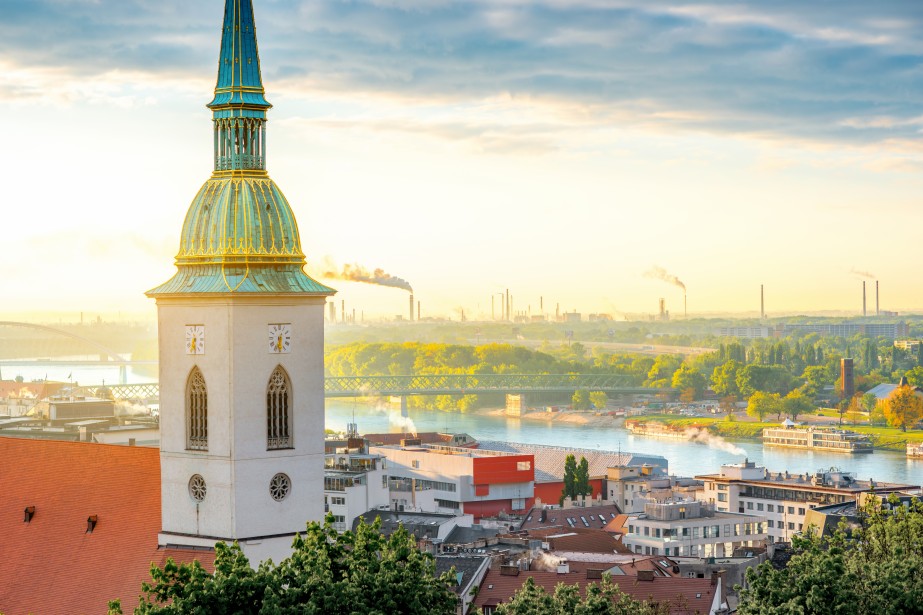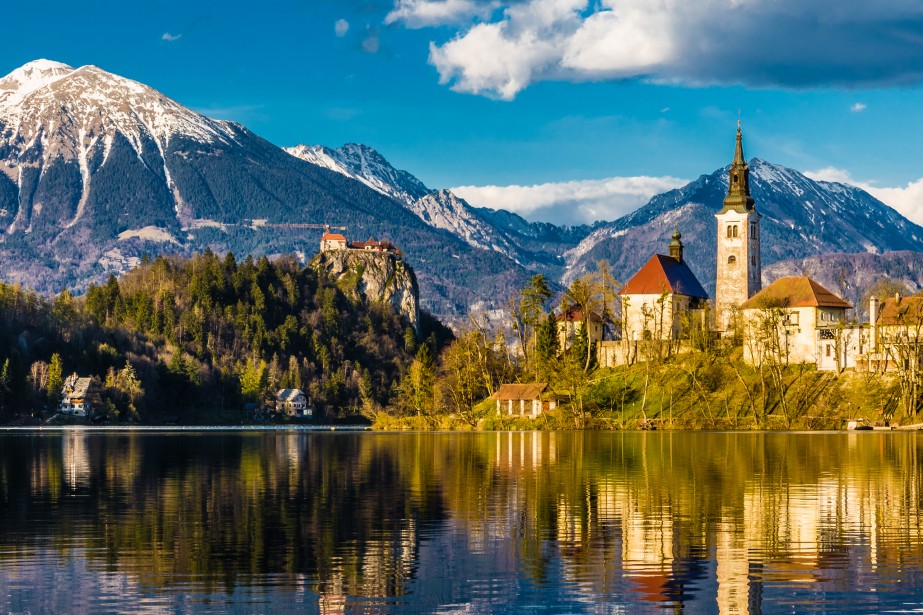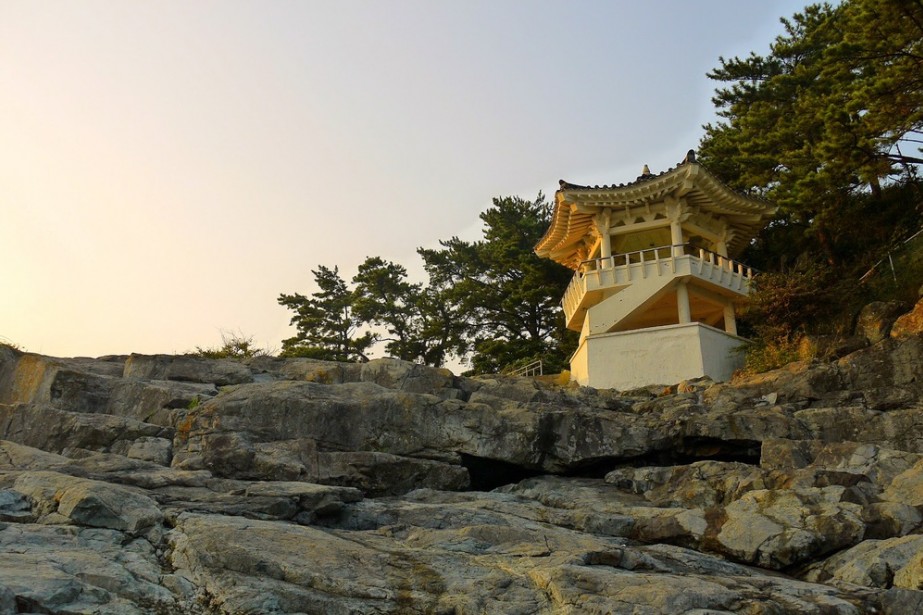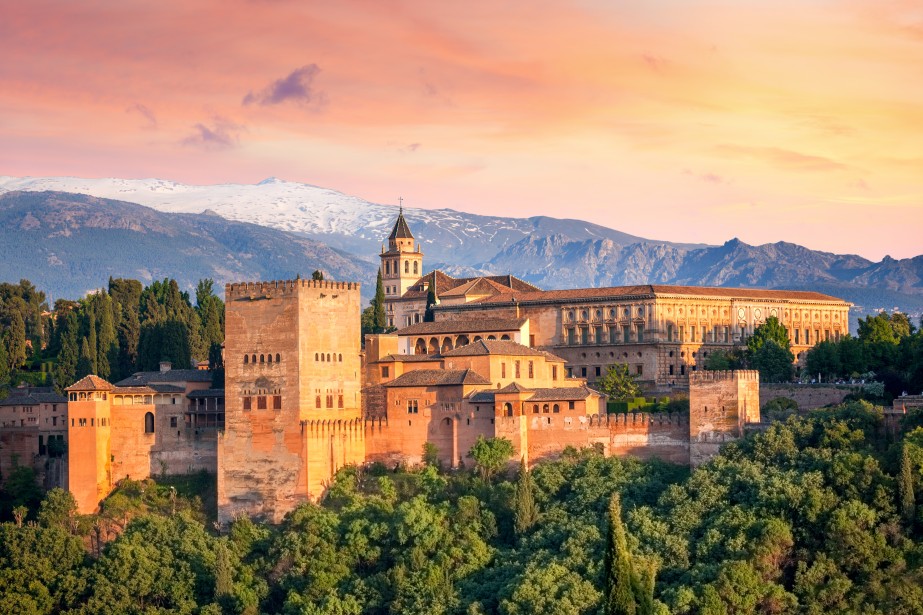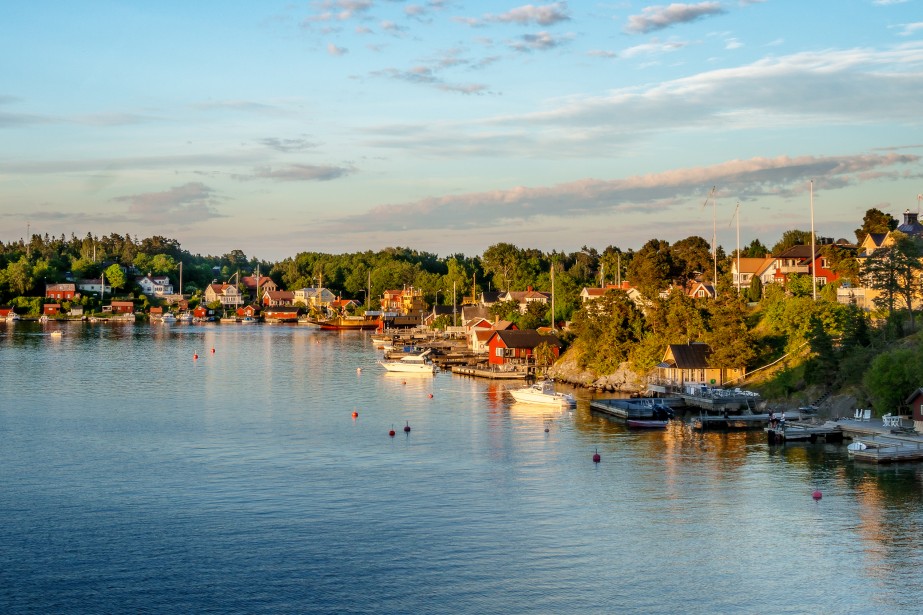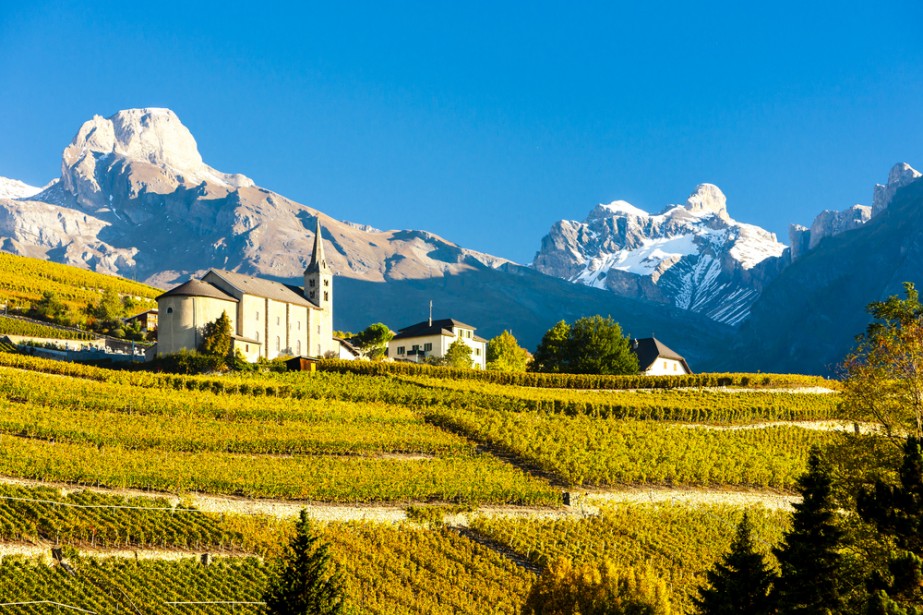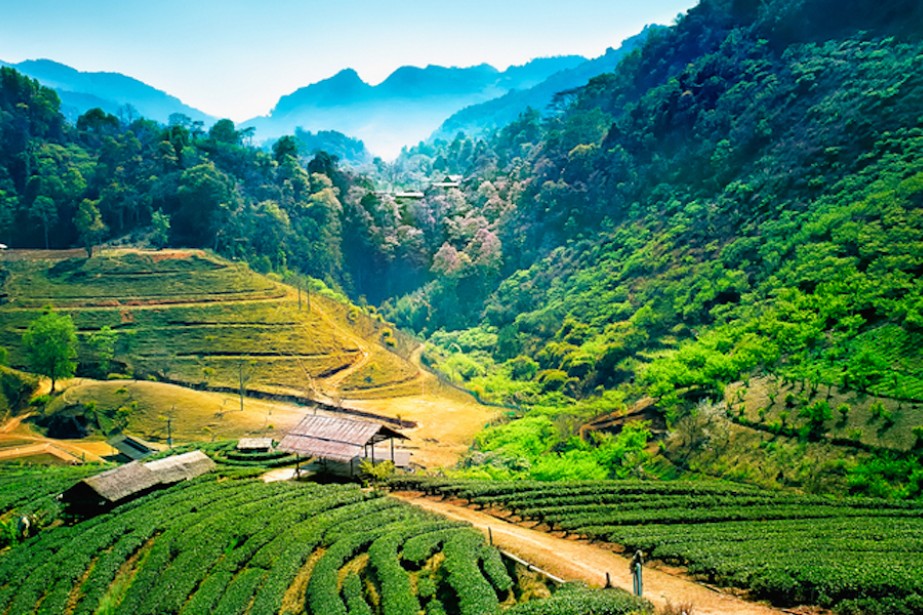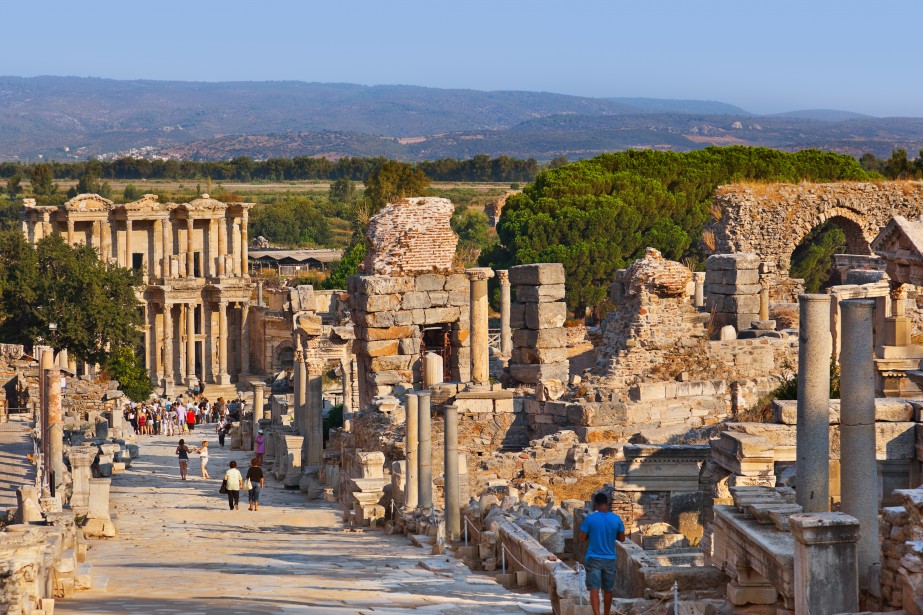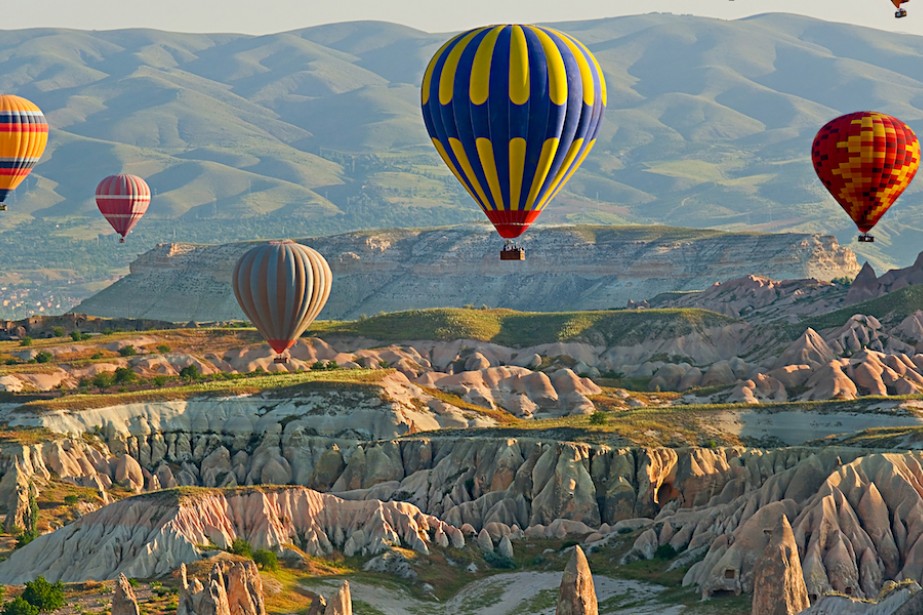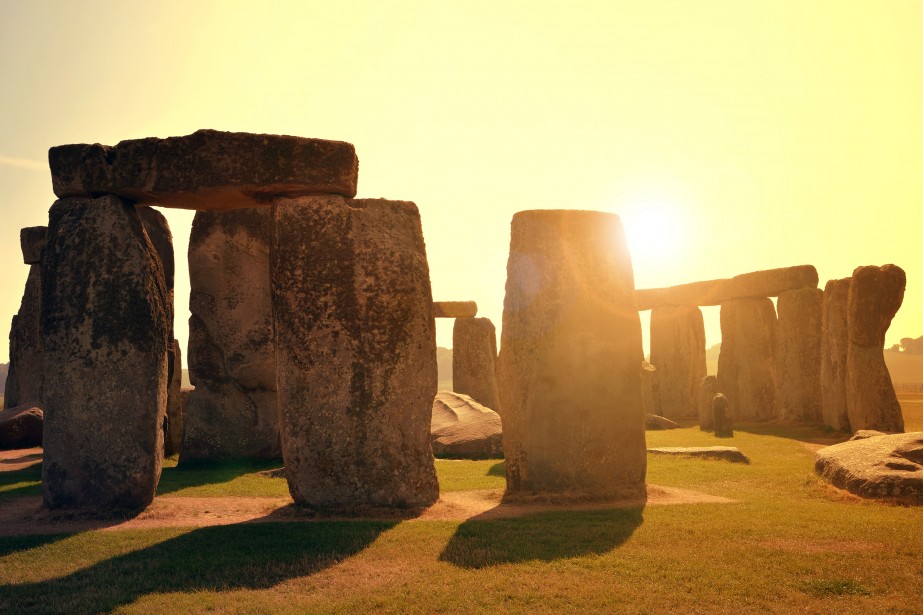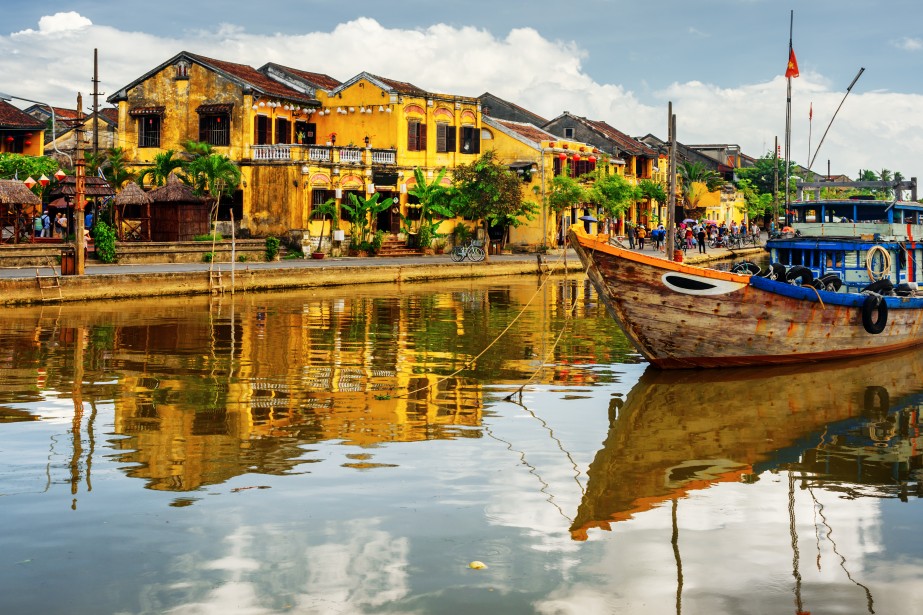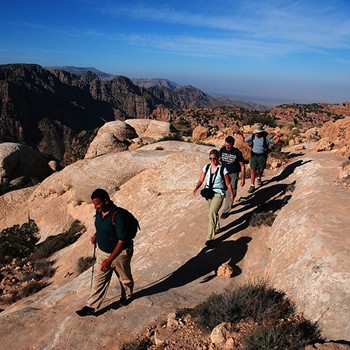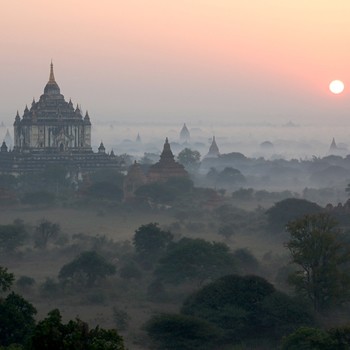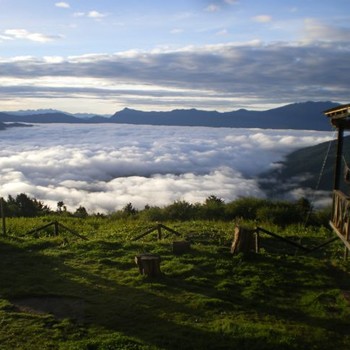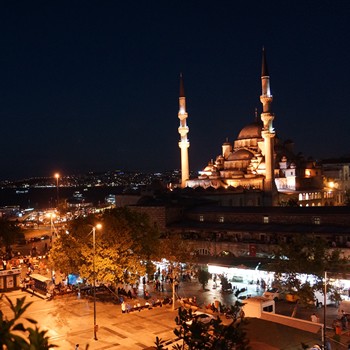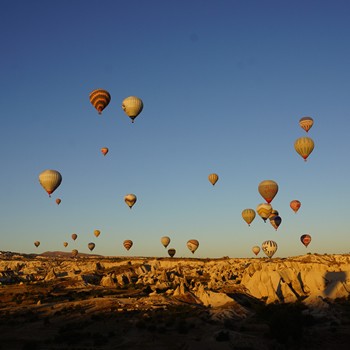Submitted by Pip Strickland on August 24, 2016
Overview
With a vivid history of successive rulers and conquerors on display, Turkey is one of the world’s most exciting destinations. Istanbul is overflowing with relics of a city that was formerly Byzantium, then Constantinople, with landmarks like the Blue Mosque and the Hagia Sophia architectural gems. While the ancient cities of Ephesus, Troy and Aspendos, together with the funerary mound of Mount Nemrut, reveal their own mysteries.
But Turkey also boasts an idyllic stretch of coast along the so-called Turkish Riviera, where traditional gulet yachts sail between secluded coves, ancient ruins and upmarket beach resorts. While the intriguing landscapes of Cappadocia captivate all who visit, with their fairy chimneys, underground cities and rock-carved churches.
Whether you’re delving into the exotic markets, drinking tea with Turkish locals or witnessing a Whirling Dervish ritual, Turkey’s rich culture blends influences from the Middle East, Central Asia and Europe and combine to make it an endlessly fascinating country to visit.
When to travel - weather
Istanbul’s vast area means that the country experiences diverse climatic conditions, with the weather in the Northern Black Sea region hugely different from that along the Aegean and Mediterranean coasts. The Summer months of June, July and August see hot temperatures along the coastline which are perfect for a beach holiday, and the resorts get jam-packed with both domestic and international visitors. It may surprise many that this is a far less crowded time to visit Istanbul and Cappadocia, with reduced hotel rates and shorter queues at the major sights.
Spring and fall are the peak seasons for Istanbul and Cappadocia, while the beach resorts become quieter, despite the water still being warm enough to swim. Keep in mind that if you want to enjoy one of the popular Blue Cruises along the coast, most boats only operate from late-April until the end of September.
Winters in Turkey are not as cold as those experienced across much of Europe, with even the Black Sea having relatively mild temperatures. The only exception is the high altitude regions around Northeastern Anatolia, with heavy snow between October and April. Rain is far more common throughout the winter months, however, and not ideal for sightseeing or enjoying Turkey’s great outdoors.
Food and drink
Turkey can largely attribute its culinary traditions to the Ottoman Empire, which drew on Central Asian, Middle Eastern, Mediterranean and Balkan traditions to create what is now one of the world’s most loved cuisines. At the center of major trade routes for much of its history, Turkey has been exposed to ingredients from across the globe, coupled with an environment favorable for growing plants and rearing animals. Turkish cuisine is also variable across different regions, meaning that travel to different regions offers a unique gastronomic experience.
Soups based on lentils, tomato, sheep brain or tongue are popular as snacks and starters, with black cabbage soup traditional to the Black Sea region. Baked potatoes known as kumpir are served at street-side stalls across the country, with toppings that include sausage, cheese and pickles. Both kofte meatballs and kebabs are eaten either as snacks or accompanied by rice and salad in restaurants across the country, with each region generally having its own unique take on the dish. Don’t miss the opportunity to try gozleme, layered with spinach, cheese, potatoes and parsley, which makes for a perfect lunch on the run.
If you are sitting down to a meal, then a Turkish meze plate is a great opportunity to try a few different specialities, including the spicy pepper paste known as acılı ezme, patlıcan salatası eggplant salad, mücver (courgette croquettes), and the yogurt, garlic and cucumber dip cacik.
Sweet baklava pastry or sütlaç rice pudding are the perfect way to finish any meal, while alcoholic raki is considered the national firewater. Alternatively, look for the salty yogurt drink ayran or the turnip juice known as salgam suyu.
Popular vacation spots
Istanbul - Straddling both Europe and Asia, Istanbul is an intoxicating mix of ancient architecture, bustling bazaars and outstanding restaurants, making it one of the world’s “must see” cities. It sprawls along the Bosphorus Strait and has served as the capital of successive civilizations and rulers throughout its vibrant history. Marvel at the magnificent Blue Mosque, Hagia Sofia and elaborate Topkapı Palace, witness a Whirling Dervish ritual, and delve beneath the streets in the Basilica Cistern.
Ephesus - Standing as some of the best-preserved ruins in the world, the Ancient City of Ephesus is situated on Turkey’s Ionian Coast. The site is home to the Temple of Artemis, one of the Seven Wonders of the Ancient World, together with the famed Celsius Library, the Great Theater and the Terraced Houses. Just nearby and not to be missed is the House of the Virgin Mary, where the Mother of Christ was believed to have lived out her final days, together with the 14th-century Isabey Mosque, one of the most superb Seljukian mosques still standing today.
Cappadocia - Home to stunning rock formations within its UNESCO World Heritage-listed valleys, together with ancient underground cities and beautifully adorned churches, Cappadocia is one of Turkey’s most visited destinations. Admire the Byzantine frescoes of its rock-cut churches, hike through the magnificent Rose Valley and Monk’s Valley, and take to the skies in a hot air balloon for an unforgettable sunrise over Cappadocia’s magical landscapes.
Pamukkale - The white travertine terraces of Pamukkale seemingly cascade down the hillside in the southwestern Denizli Province and their therapeutic waters have long been revered for their healing qualities. While admiring the surreal, snow-like landscape is the biggest draw, don’t miss the opportunity to visit the Roman ruins of Hierapolis, situated at the top of the hill.
Aspendos - Located just to the south of Antalya, Aspendos’ Roman Theater is considered one of the finest surviving monuments in the world. It is set within an ancient Greco-Roman city, which includes a basilica, agora, nymphaeum and Roman aqueduct, together with the impressive 15,000 seat theater.
Sumela Monastery - Nestled into a steep cliff face in the Black Sea’s Maçka district, the Sumela Monastery is a Greek Orthodox religious complex of great cultural significance. It was founded in AD 386 by two Athenian monks and comprises a rock church, numerous chapels, living quarters and a sacred spring. It sits at around 1,200 meters above the Altındere Valley, and its churches are filled with elaborate frescoes which make it well worth the long journey north.
Ani - Located in the Turkish province of Kars near the Armenian border lies the ruins of Ani - a once powerful Bagratid Armenian capital along the ancient Silk Road. Mongol raids and a subsequent earthquake led to the demise of Ani in the 14th century and its magnificent red brick buildings now lie amidst the steppe in what is a somewhat eerie vista. Among Ani’s most important sights are the Church of the Redeemer and the Church of St Gregory, both of which exhibit impressive stone masonry and frescoes.
Turkish Riviera - The Turkish Riviera is a picture perfect stretch of Aegean and Mediterranean coastline along Turkey’s southwest. White sand beaches and hidden coves are interspersed with historic towns and beach resorts, together with a scattering of ancient ruins and semi-submerged cities. Cruising on a traditional gulet yacht is the most popular way to explore the coast, stopping at the bustling hub of Fethiye, the upmarket resort of Bodrum and the impossibly beautifully inlet at Ölüdeniz.
Mount Nemrut - Located in southeastern Turkey is the funerary mound of Mount Nemrut, scattered with ruined statues from a royal tomb which dates to around the 1st century BC. The beheaded Iranian, Armenian and Greek gods seemingly stare out from Mount Nemrut’s 2,134 meter-high summit and have been designated a UNESCO World Heritage Site for their outstanding cultural importance.
Practical information
Language
Turkey’s official language is Turkish and spoken as a first language by a large majority of the population. Kurdish, Arabic and Zaza are also spoken by select groups, together with numerous minority languages. In most tourist areas, English is widely spoken and information easily available, but if you decide to venture off-the-beaten-track, then knowing a few phrases in Turkish is highly advisable.
Money
Turkey’s currency is the Turkish Lira (TL), which is divided into smaller kuruş. Exchange rates for Turkish Lira are generally better inside the country, with USD, Euro and GBP all easily changed on arrival. The best exchange rates are normally found at the state-owned Ziraat Bankası exchange counters, but you should keep in mind that travelers’ checks are not accepted at all exchange offices and banks. Credit cards are widely accepted at restaurants, hotels, large shops and travel agencies, although smaller cafes and shops may only accept cash. ATMs are widespread and accept most major debit cards, with prompts available in English.
Health and Safety
While Turkey’s crime rate remains relatively low and pick-pocketing is the main issue in bigger cities, civil unrest within the country is not uncommon. Recent terrorist activities and an attempted military coup have raised the travel warnings issued by most countries and those planning to visit should exercise extreme caution in some areas, particularly the Kurdish-dominated southeast.
In addition to basic vaccinations such as rubella, measles, diphtheria and polio, travelers to Turkey should have hepatitis A, typhoid and rabies injections before travel. The level of medical care is relatively good in the country and many doctors speak English, but comprehensive health insurance is essential before travel.

